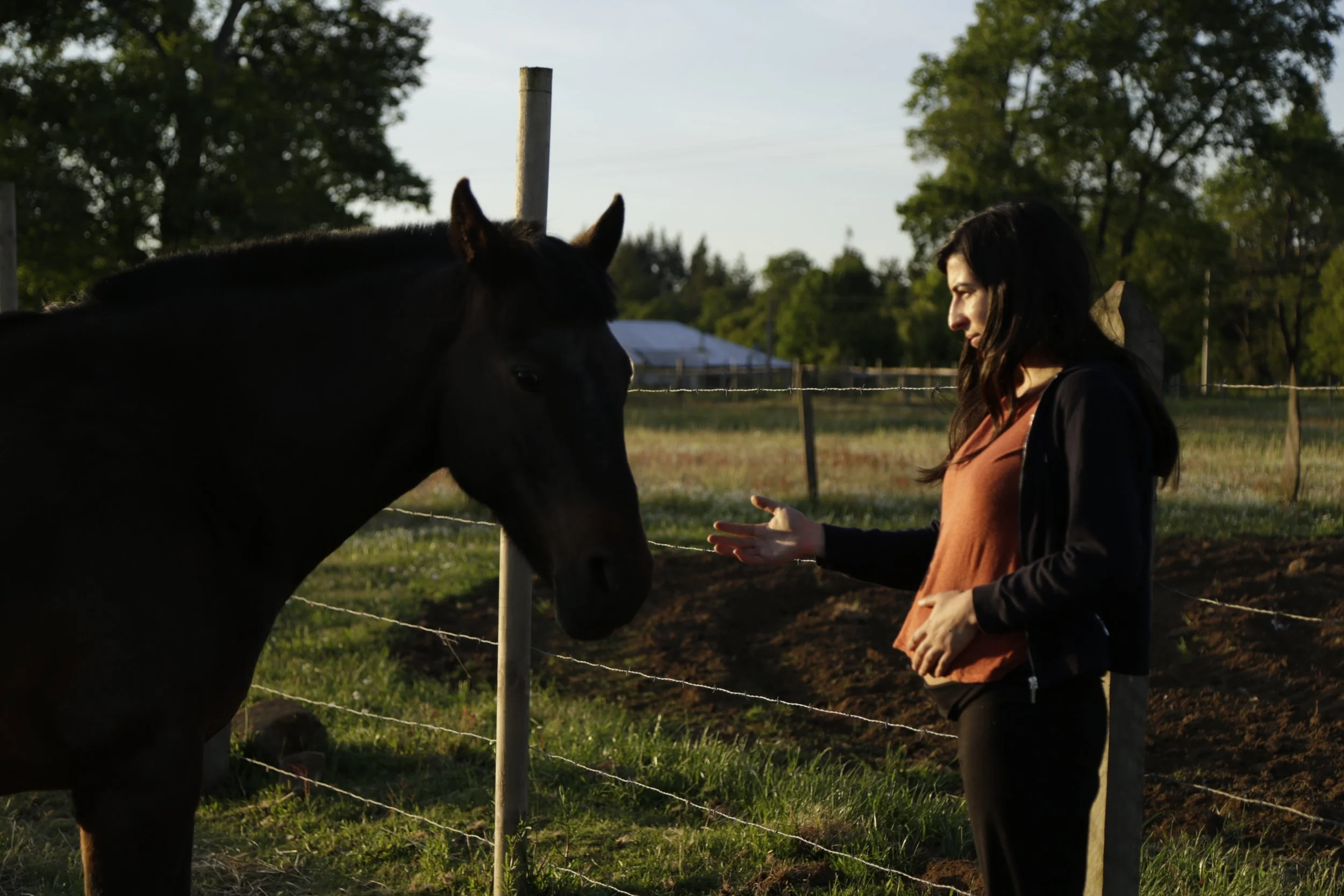
Teiotiokwenhahton
Visions of Peace
2015
We are all the same height
"Among the Peoples of the Northeast Woodlands of North America, purple and white, quahog shell, Wampum Beads were strung together for a variety of diplomatic, historical, and ceremonial purposes. For example, Wampum Beads were used for formal Invitations, recording treaty events, and delivering condolences. Native Immigrant has identified Teiotiohkwenhahton, the Iroquois Circle Wampum as a symbol of its Beadwork, Visions of Peace project.
"The fifty strings of quahog beads inside the Circle Wampum represent the fifty founding families of the Iroquois Confederacy. They are bound together by two intertwining sets of quahog beads. Their equal length represents Sha'tetionkwatte', the philosophical basis of the Six Nation Iroquois vision of world peace:
We Are All the Same Height.
BEADWORK: Visions of Peace
An art exhibit curated by Jason Vallières & Carolina Echeverria
August 5th - 15th 2015
Ashukan Cultural Space
431 Place Jacques-Cartier, Vieux Montréal, QC
“The Tree of Great Peace grows metaphorically at the heart of the Iroquois Confederacy. Its Four Bright Roots spread out in four directions to all corners of the world. All who embrace the philosophy of Shat'tetionkwatte' are welcomed to follow the roots, to take shelter beneath the Tree of Peace. The Eagle at the top of the tree sees afar, protects the children, and guards against approaching dangers.
Iroquois thought recognizes that all peoples were once natural world peoples with powerful minds. Healthy minds naturally desire peace. Peace can be defined as the absence of injustice. People carry memories of former times. How can visions of peace be remembered?
Native Immigrant wishes to facilitate the sharing of the world's visions of peace. How have they been recorded and remembered? Was it with beads or with some other art form? How can we jog each other's memories about the structure of peace.
Philip Oskenontona Deering - Native Immigrant Cultural Interpreter
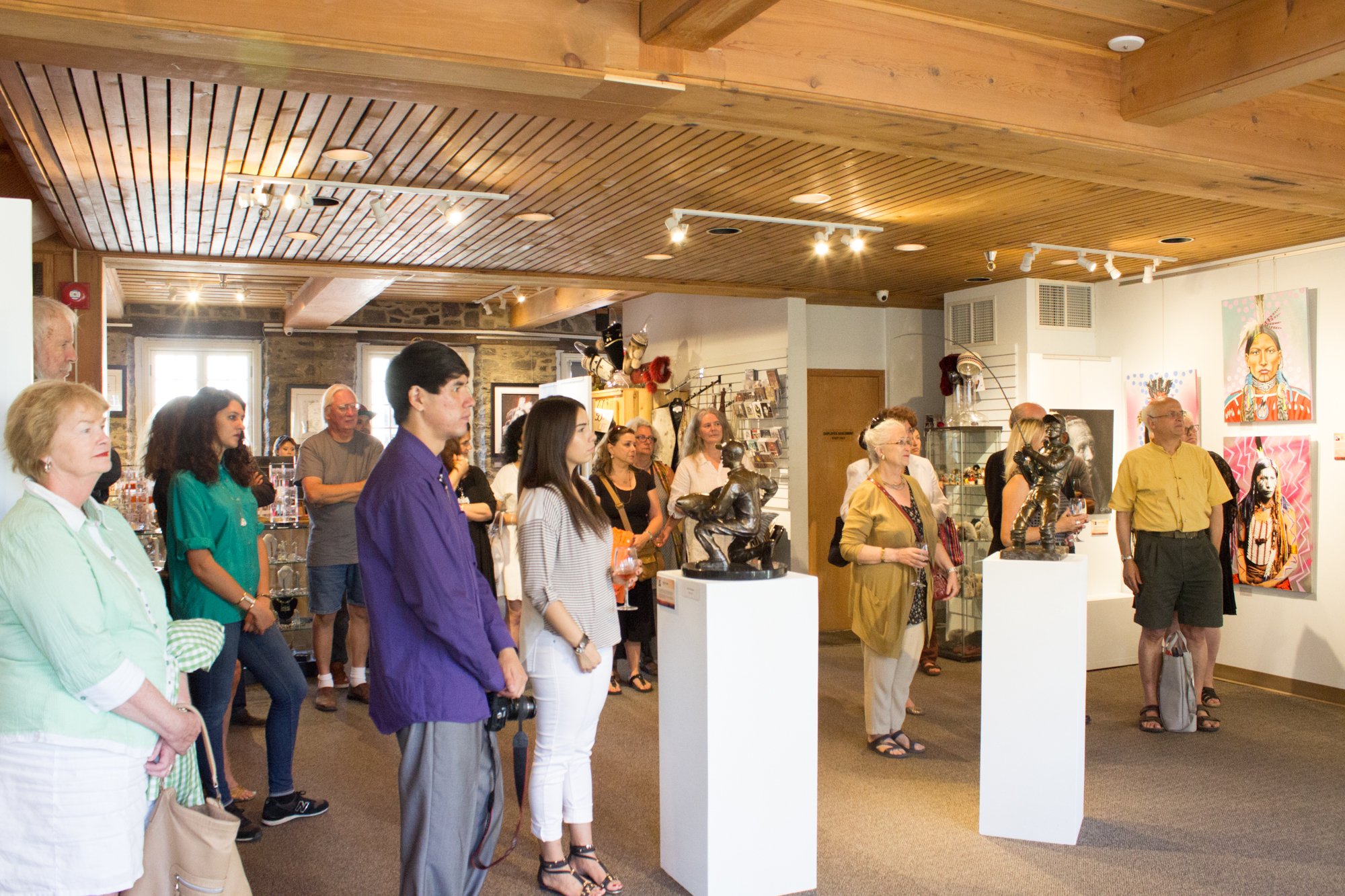

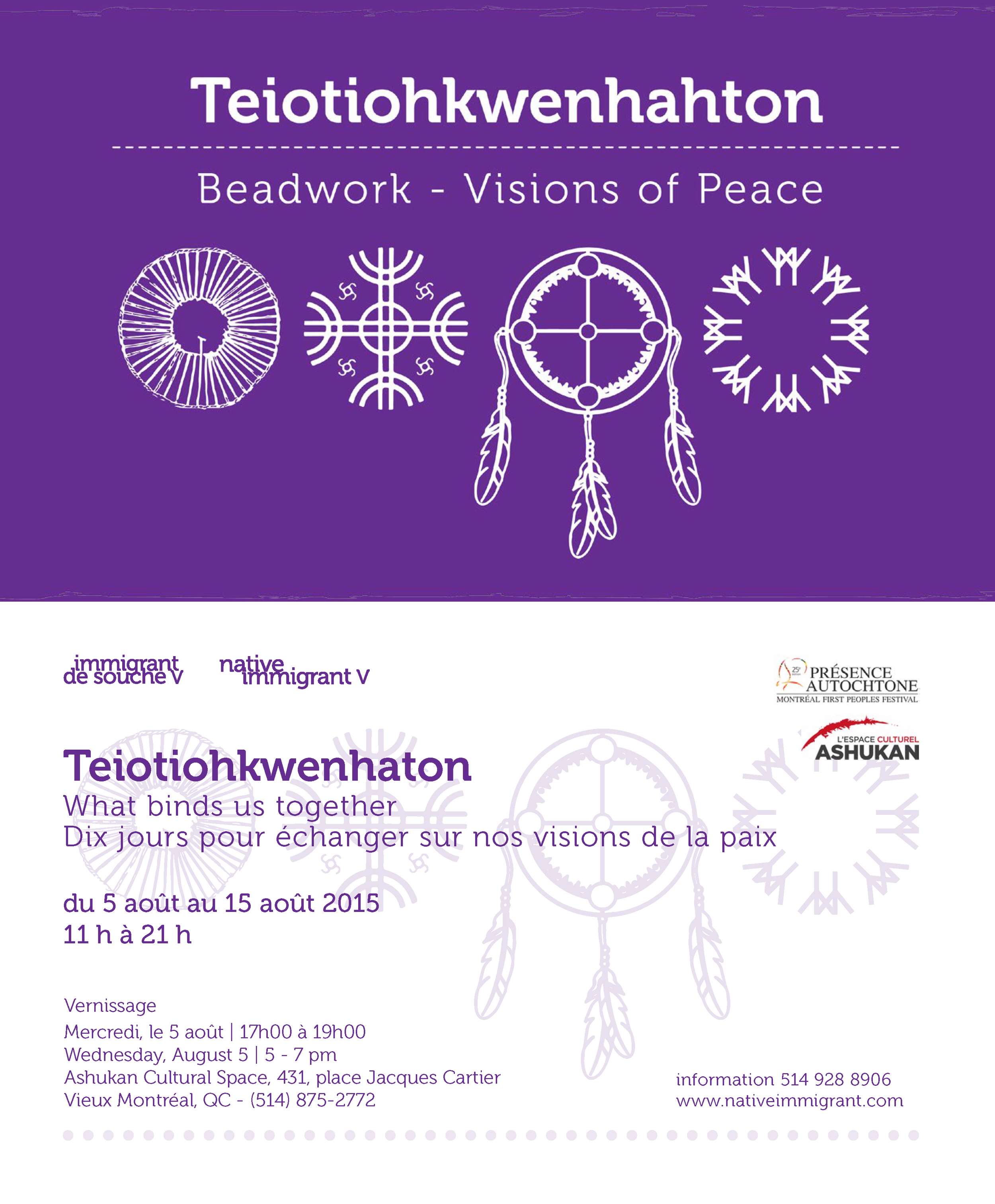
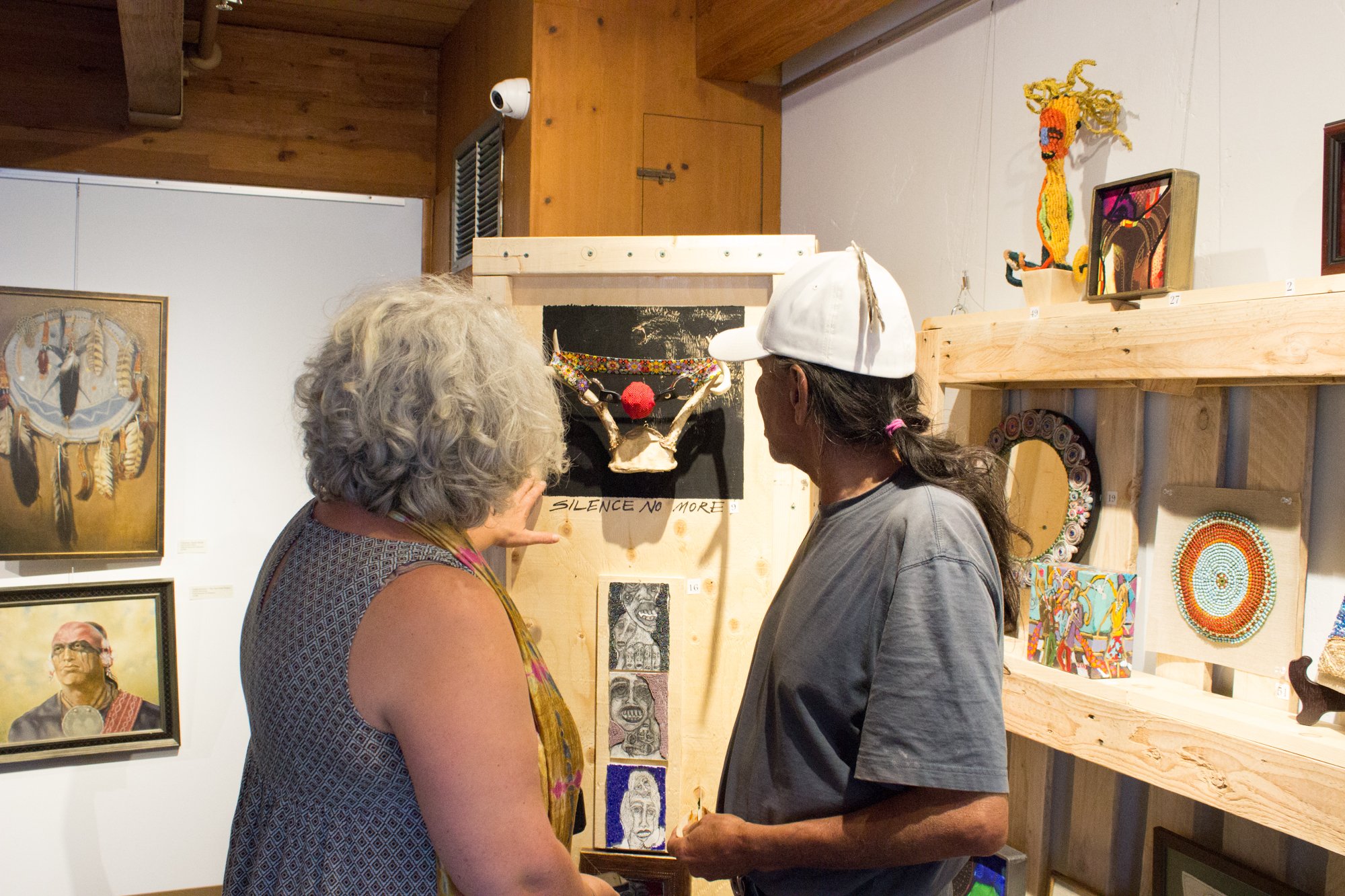
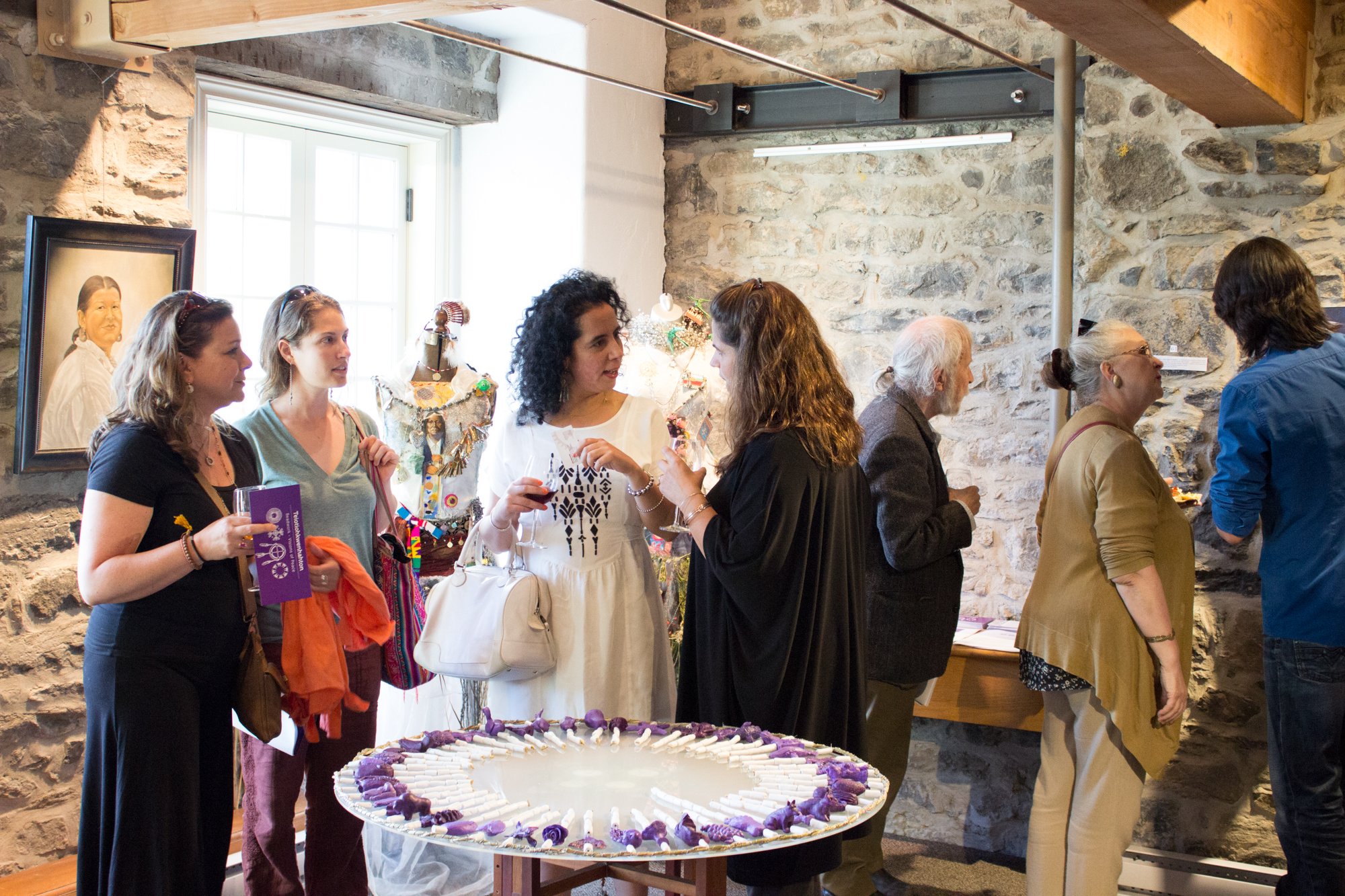
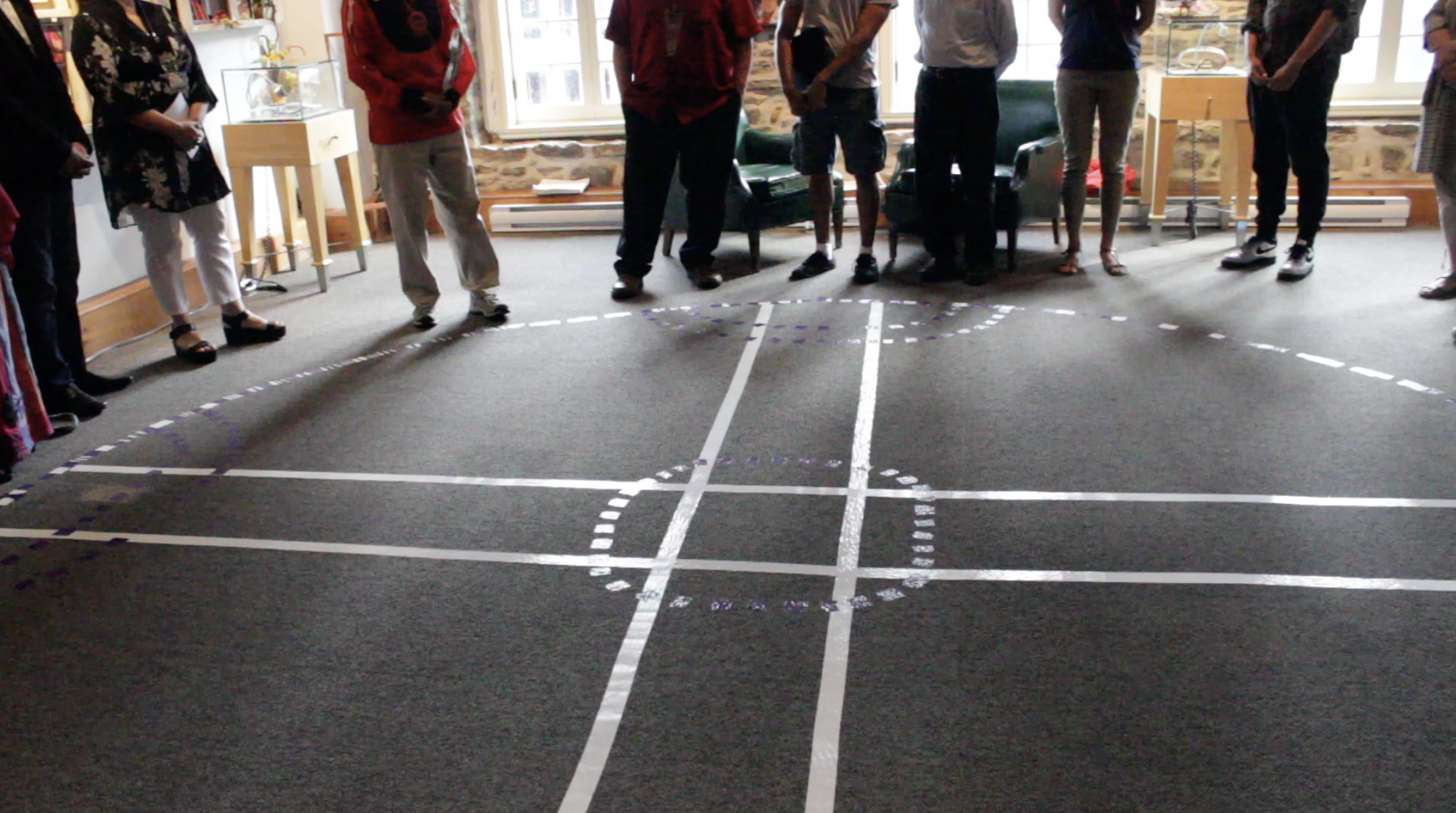
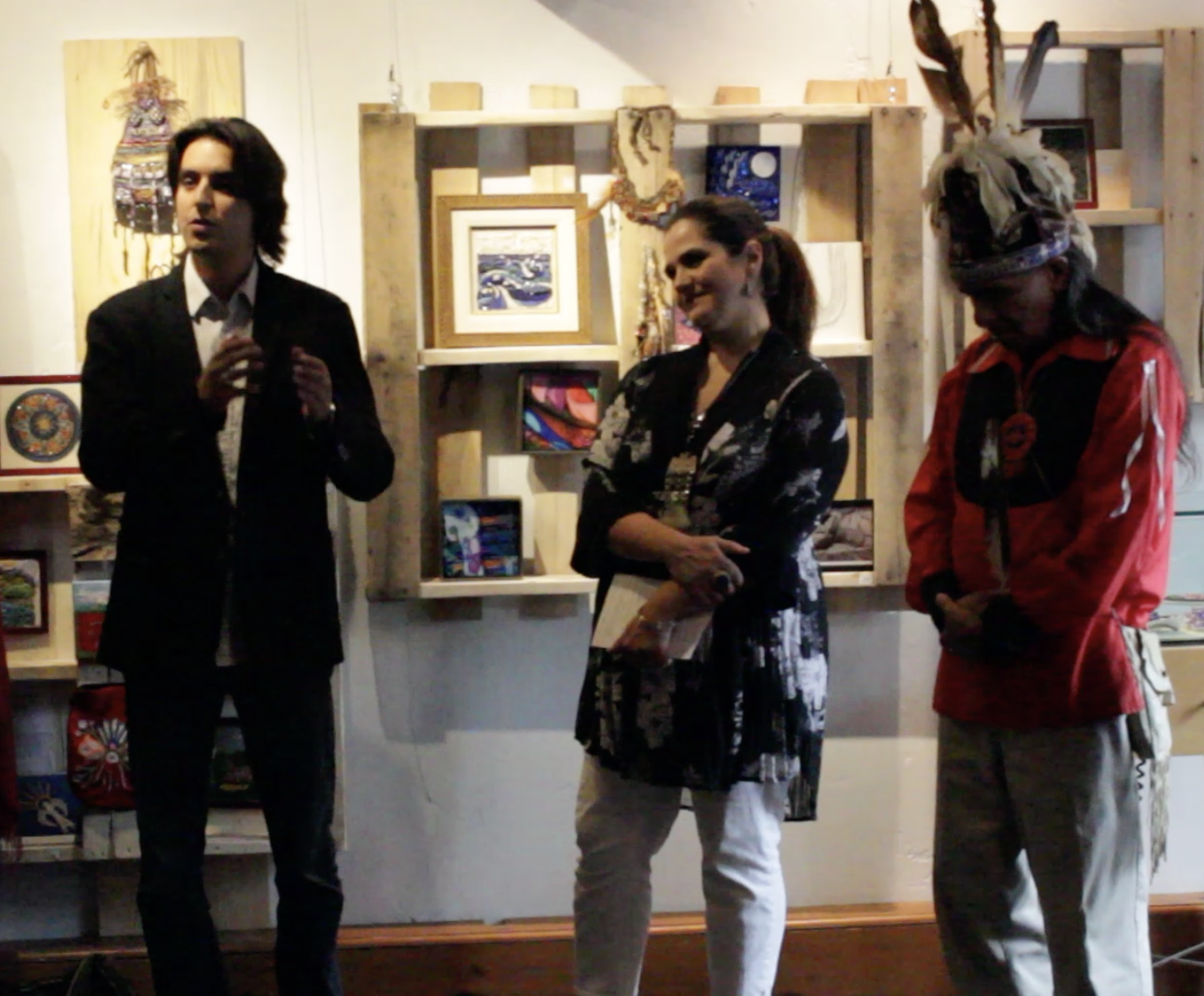
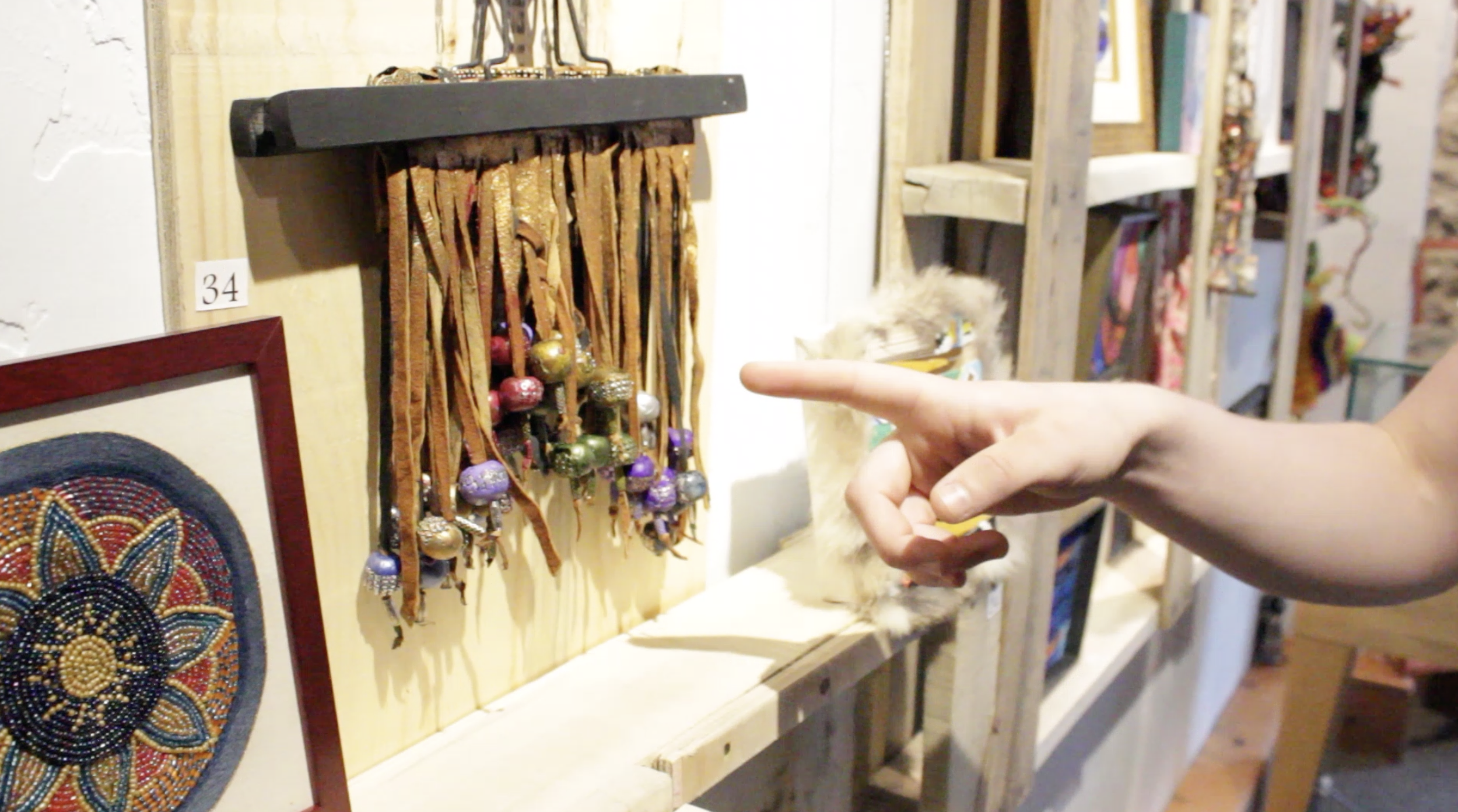
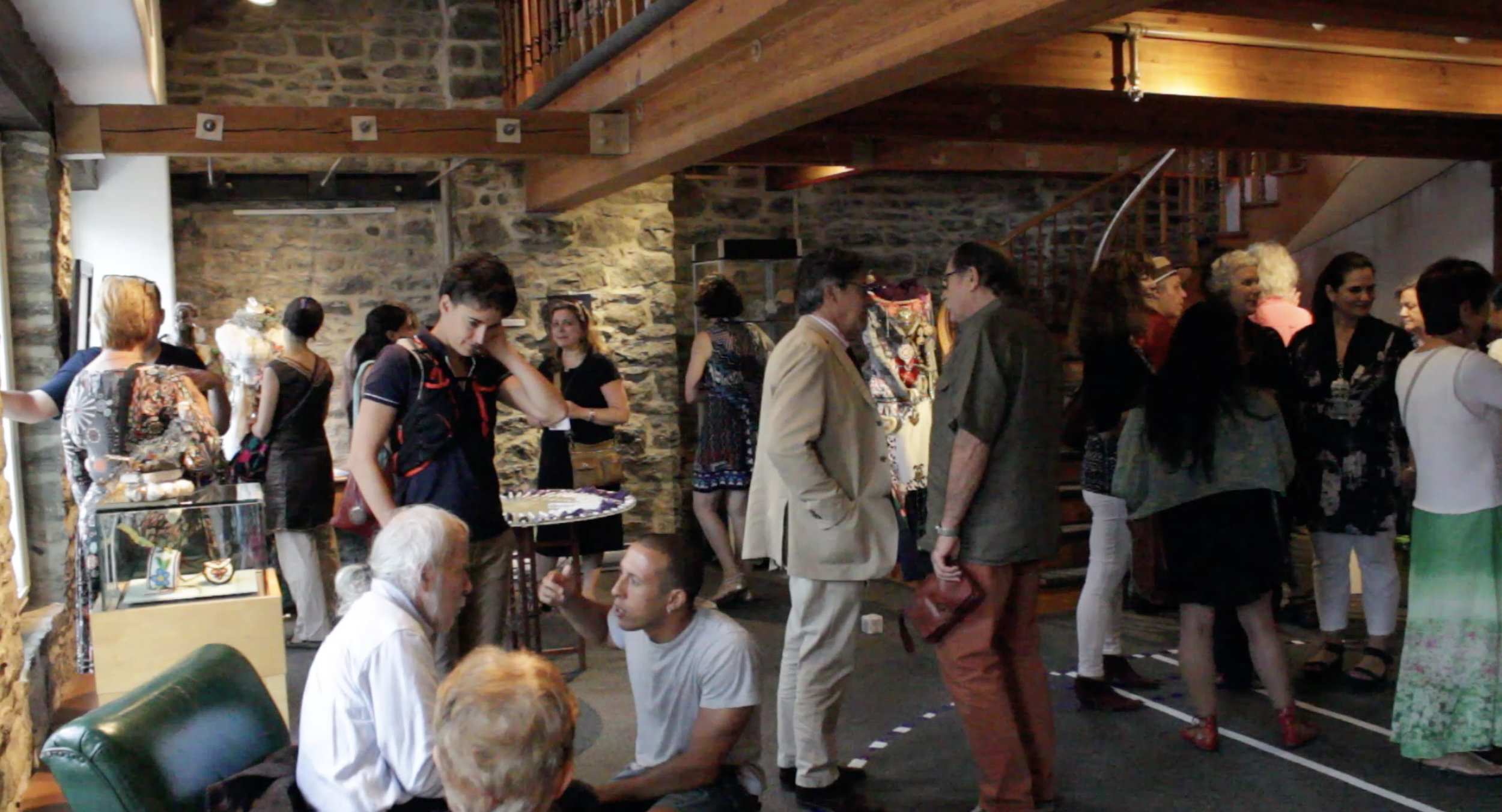
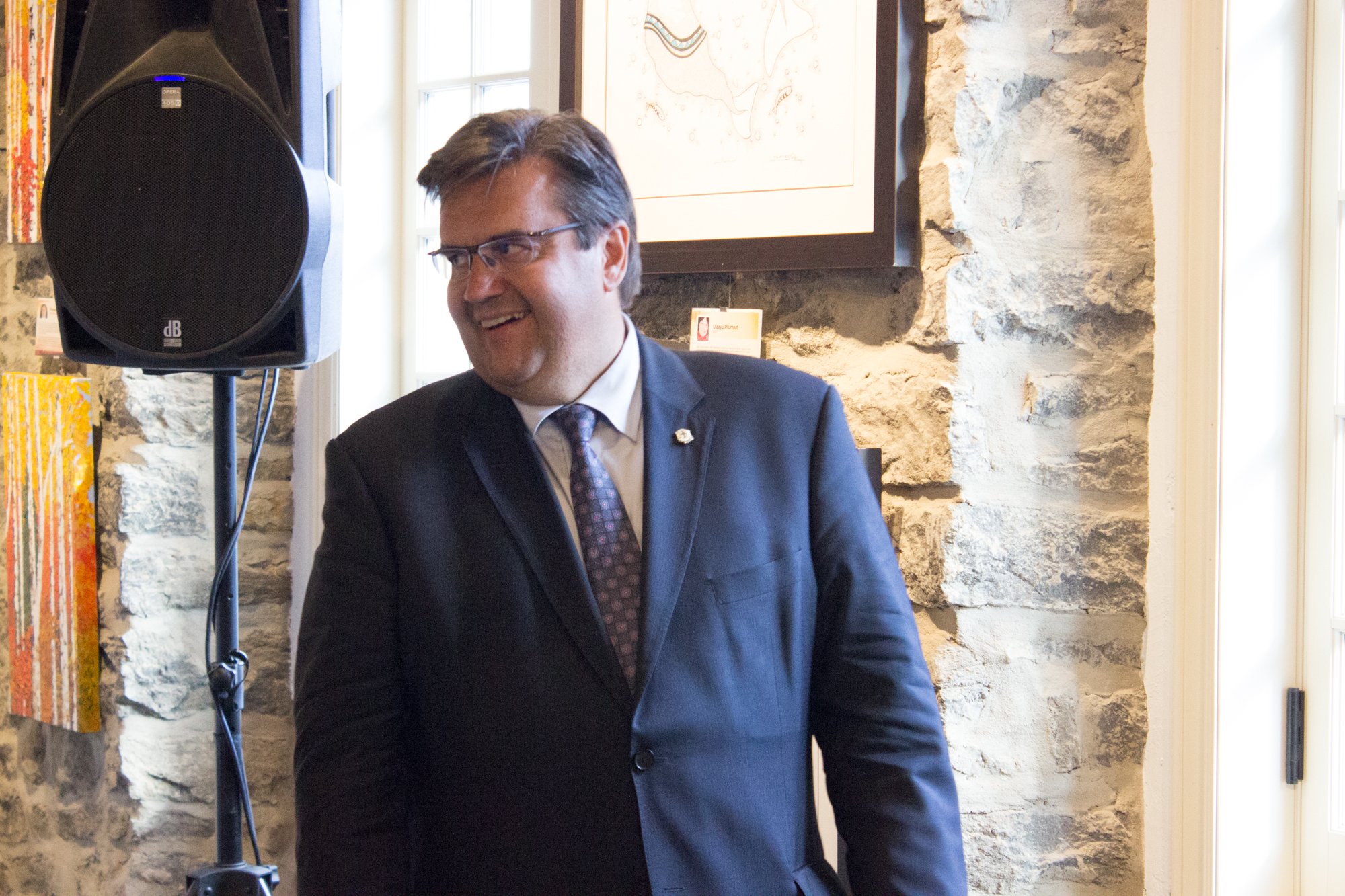
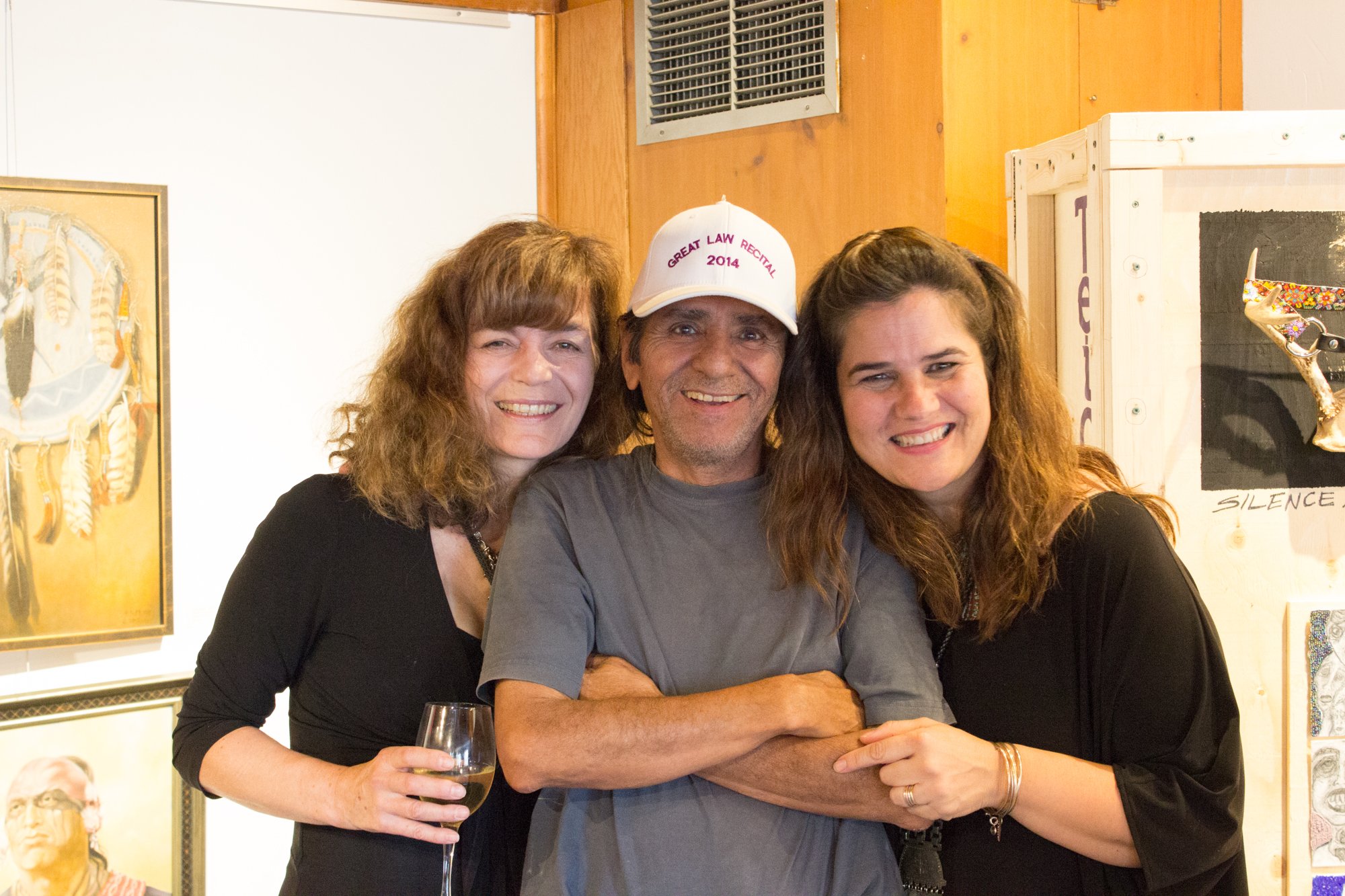
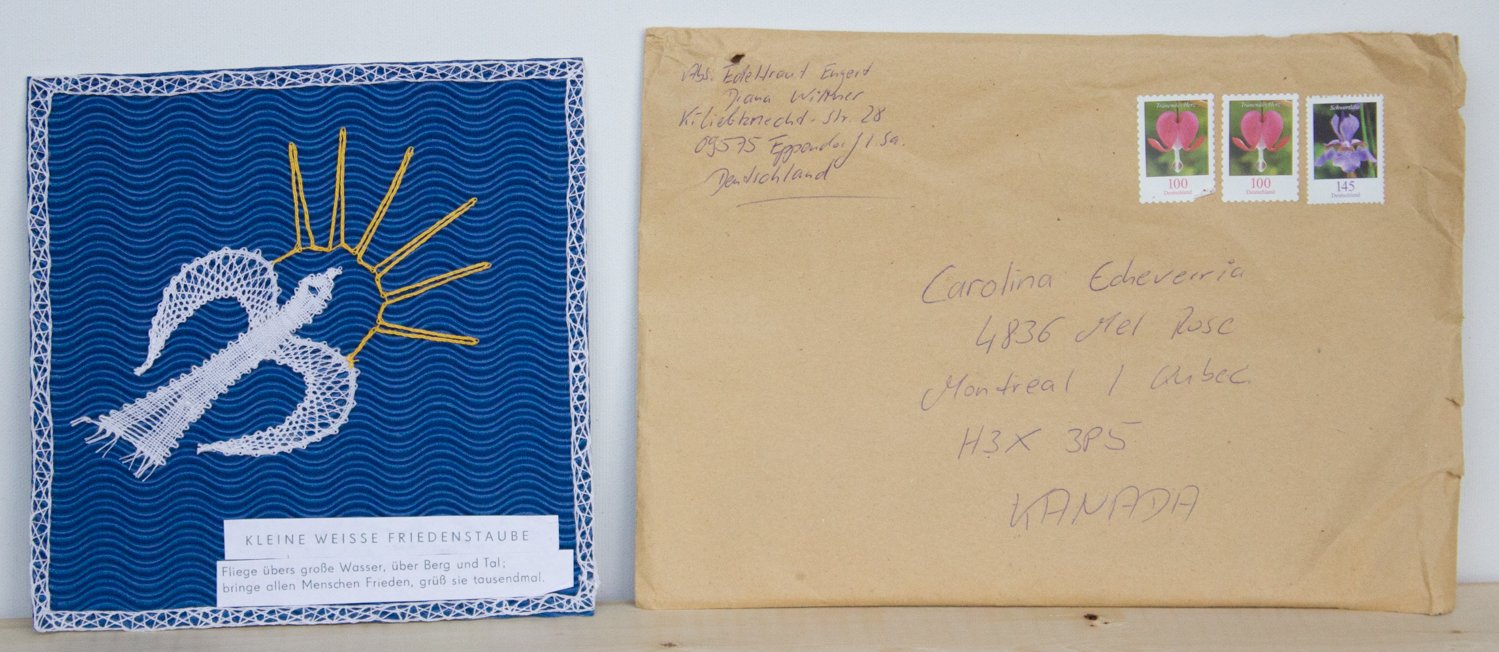
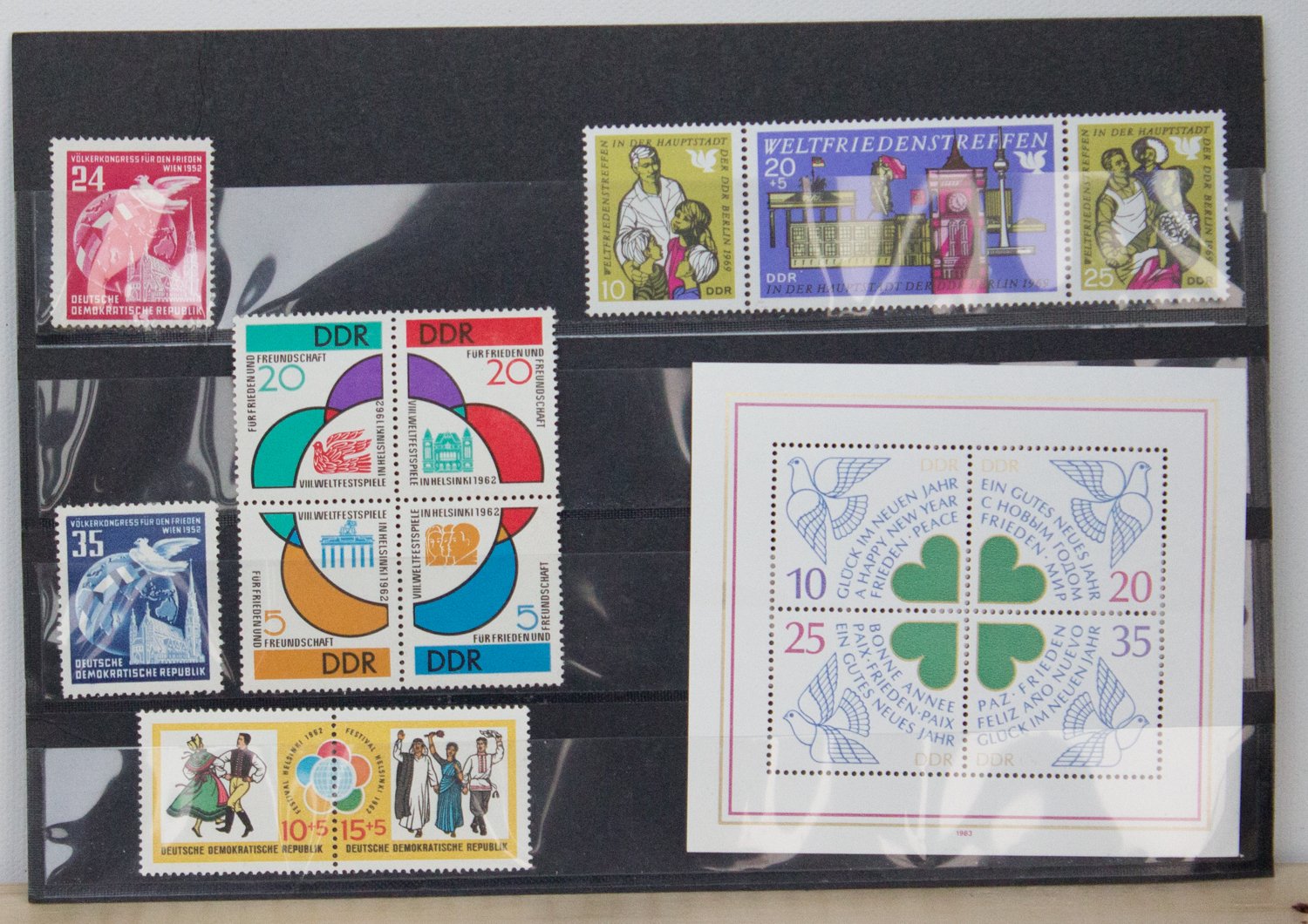
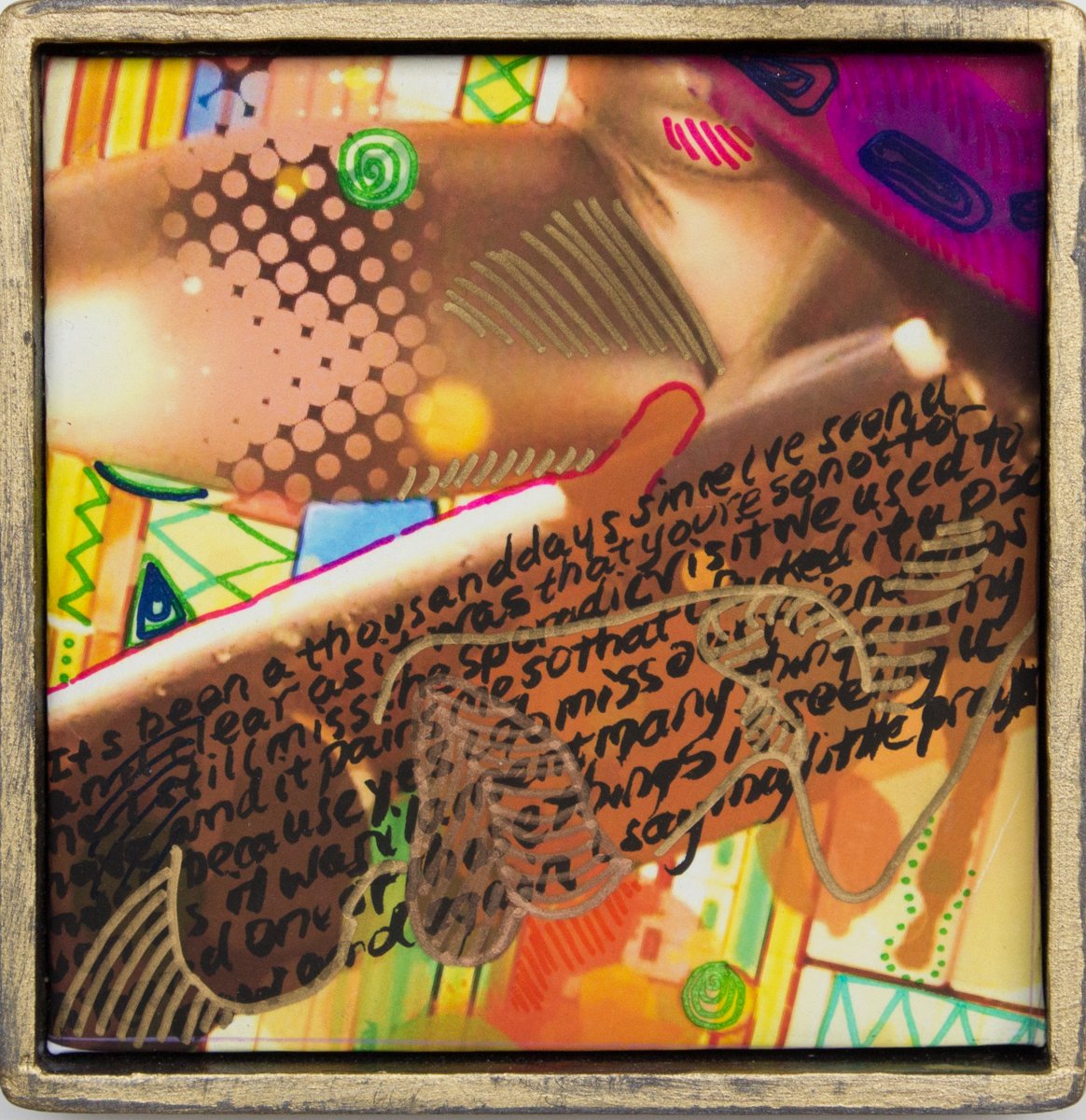
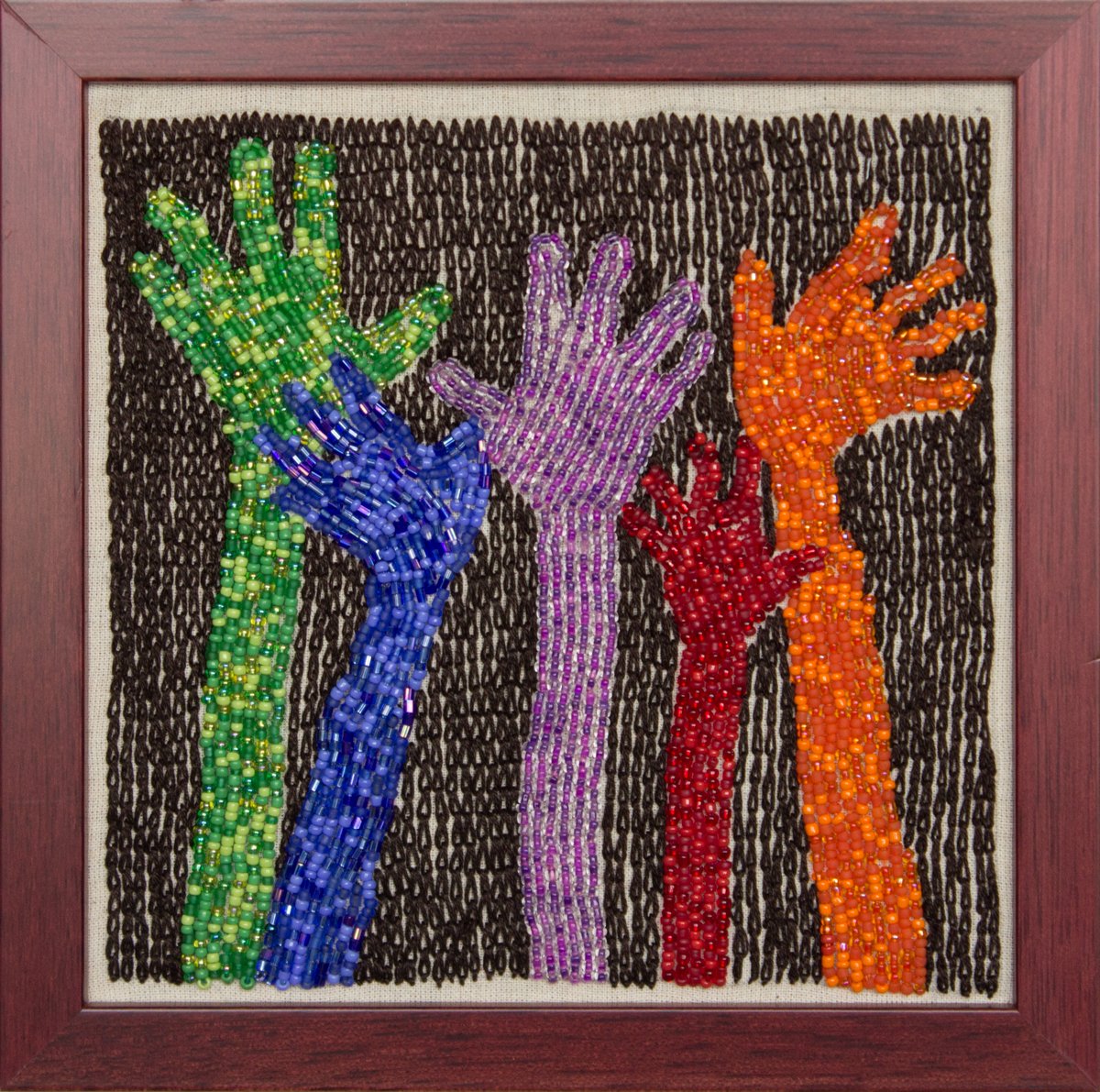
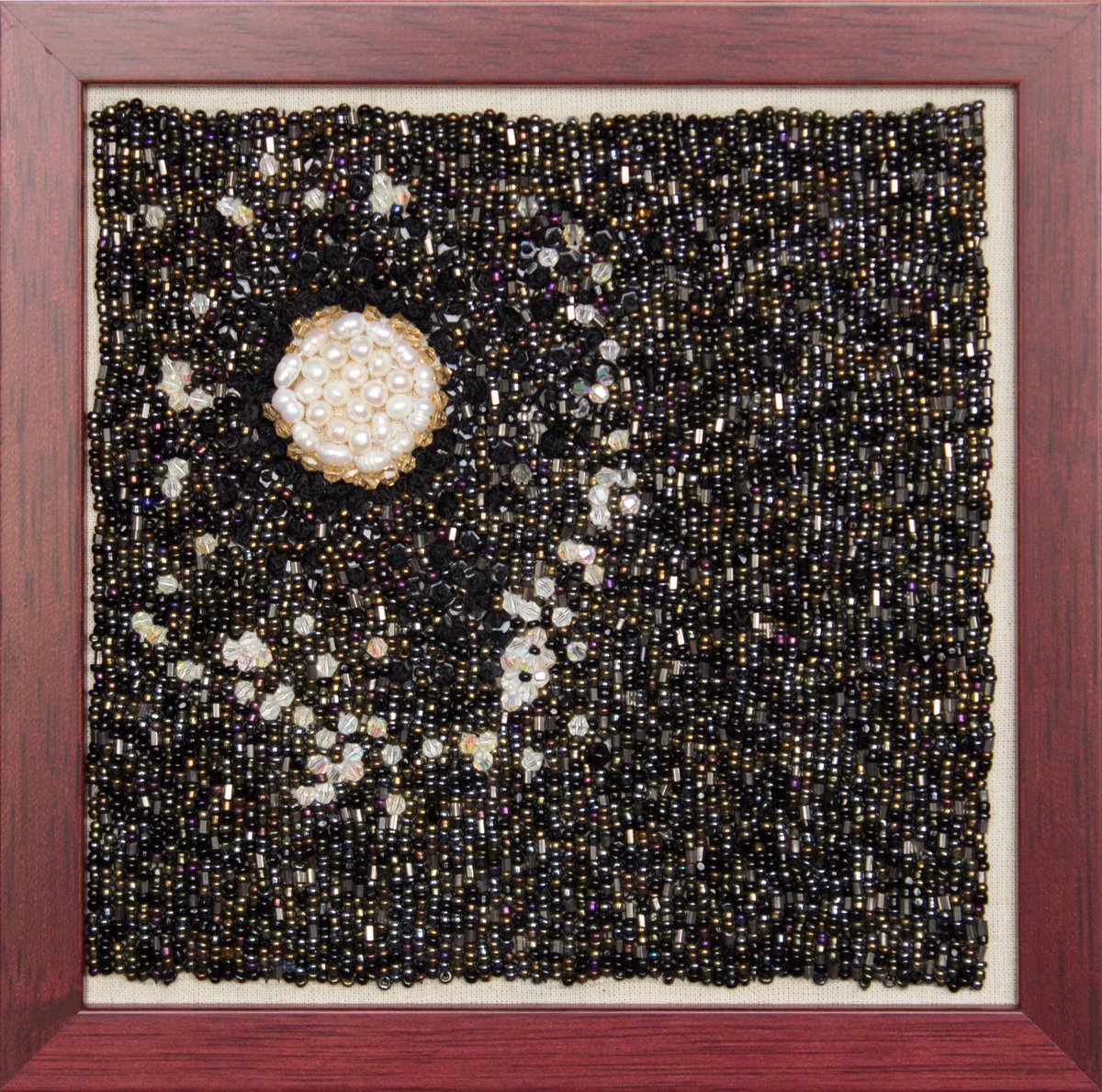
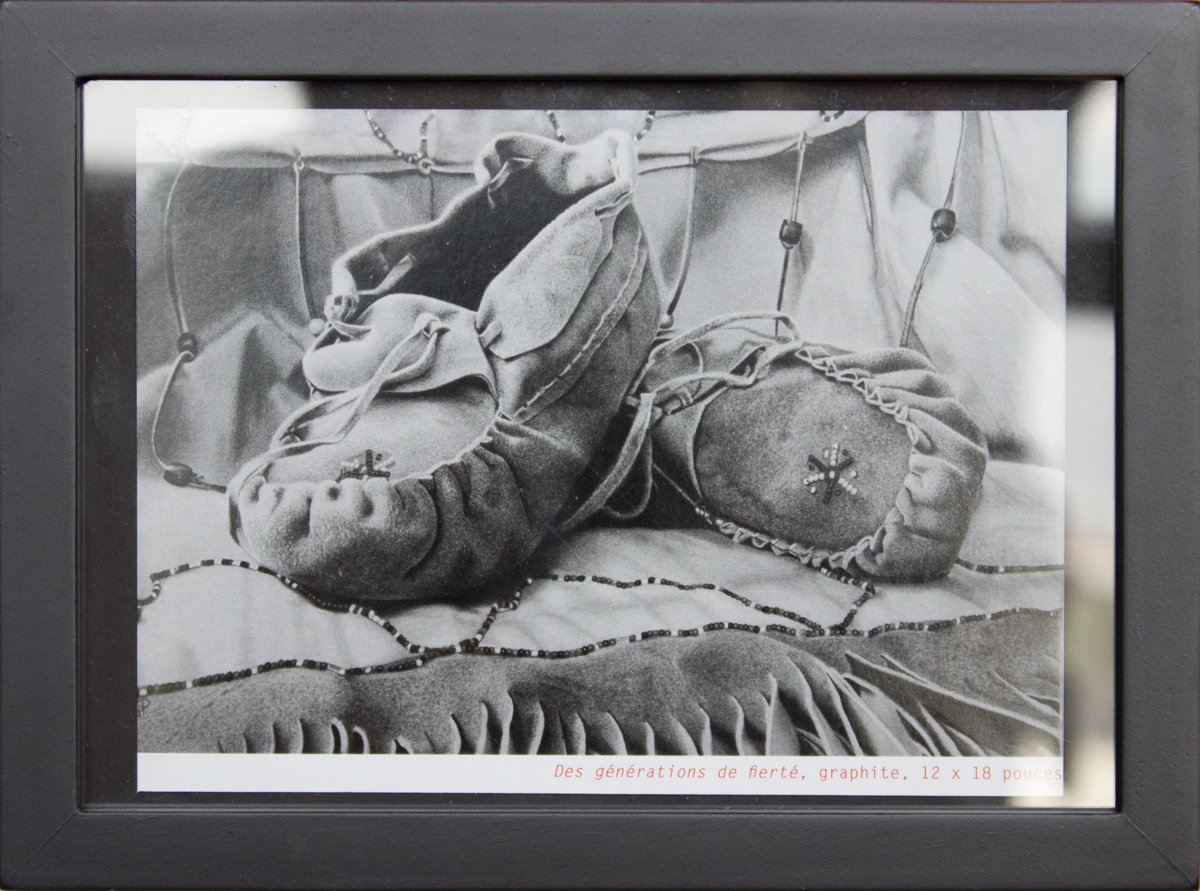
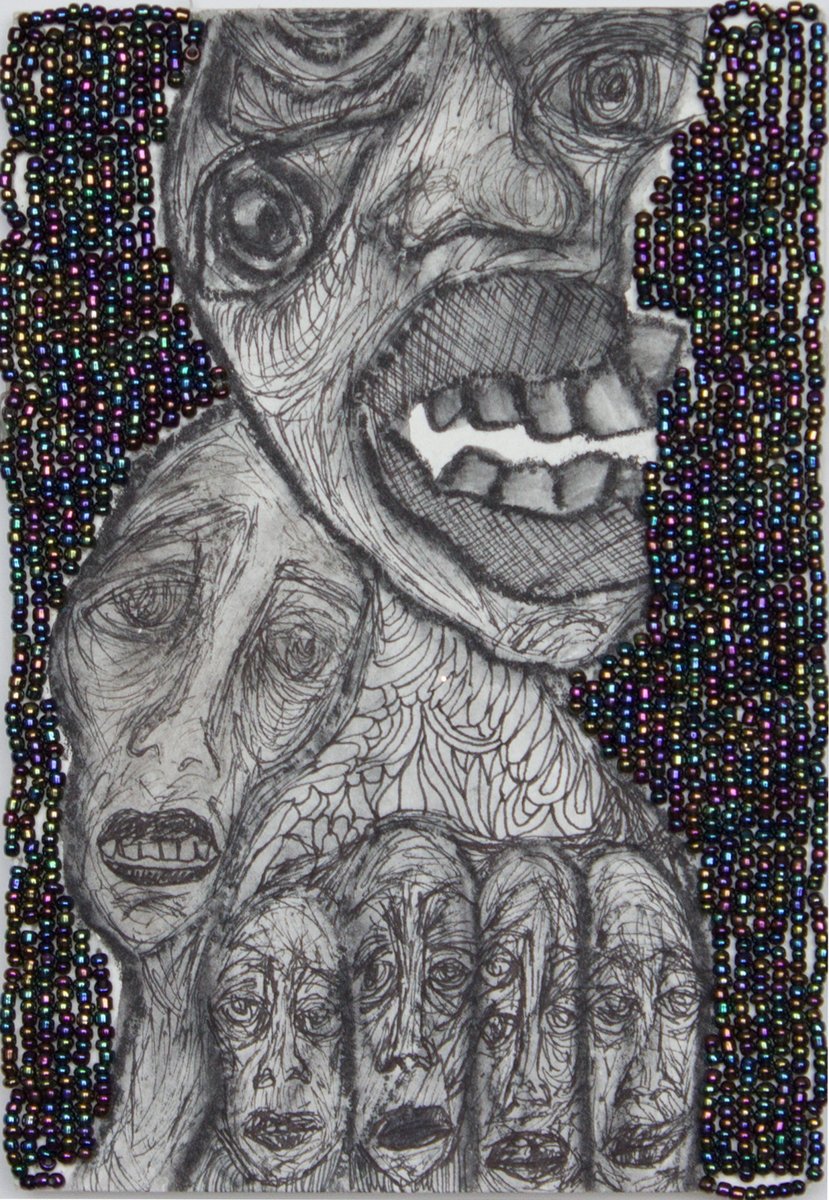
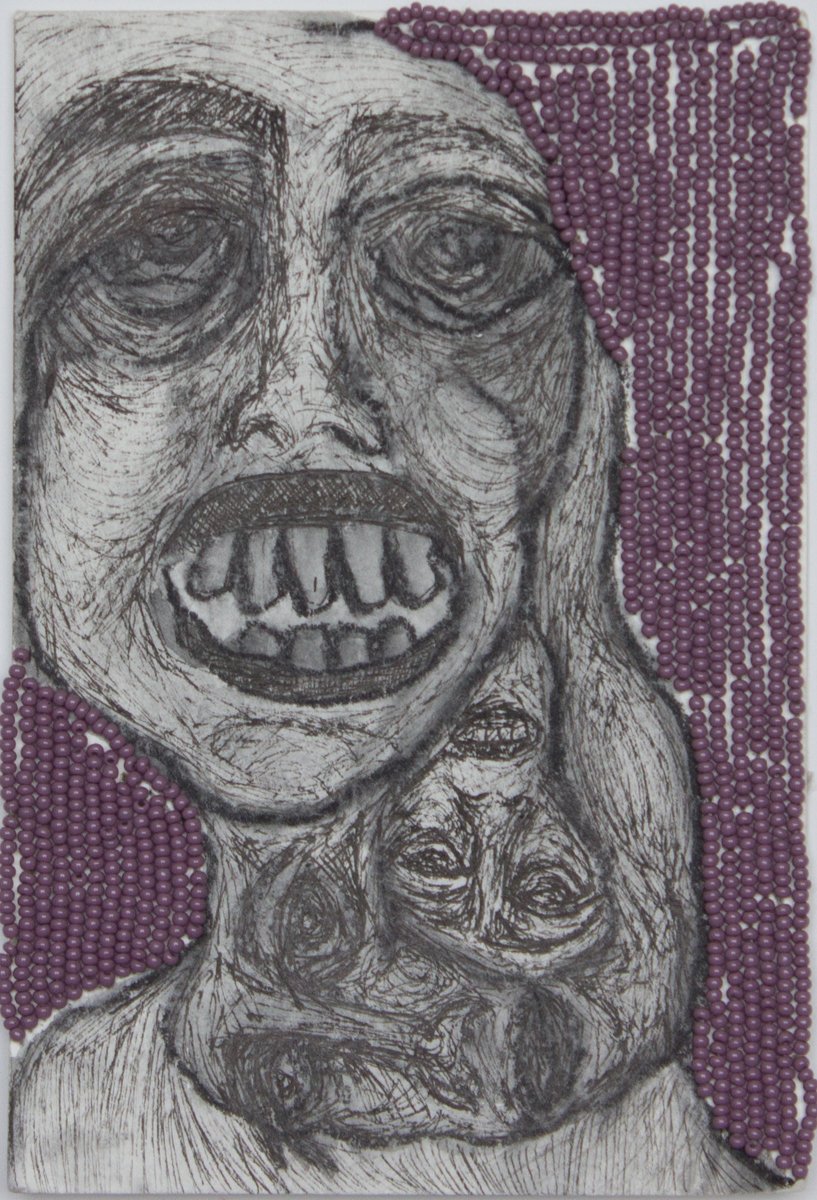
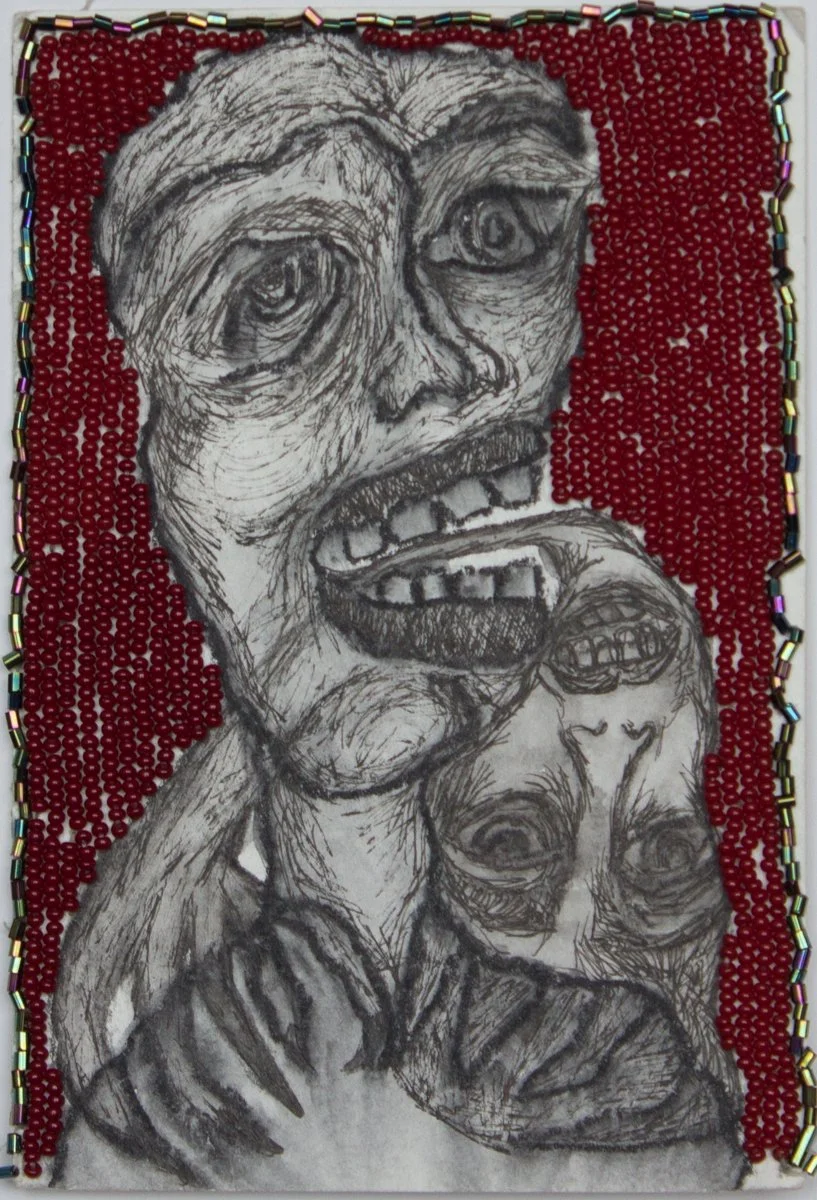
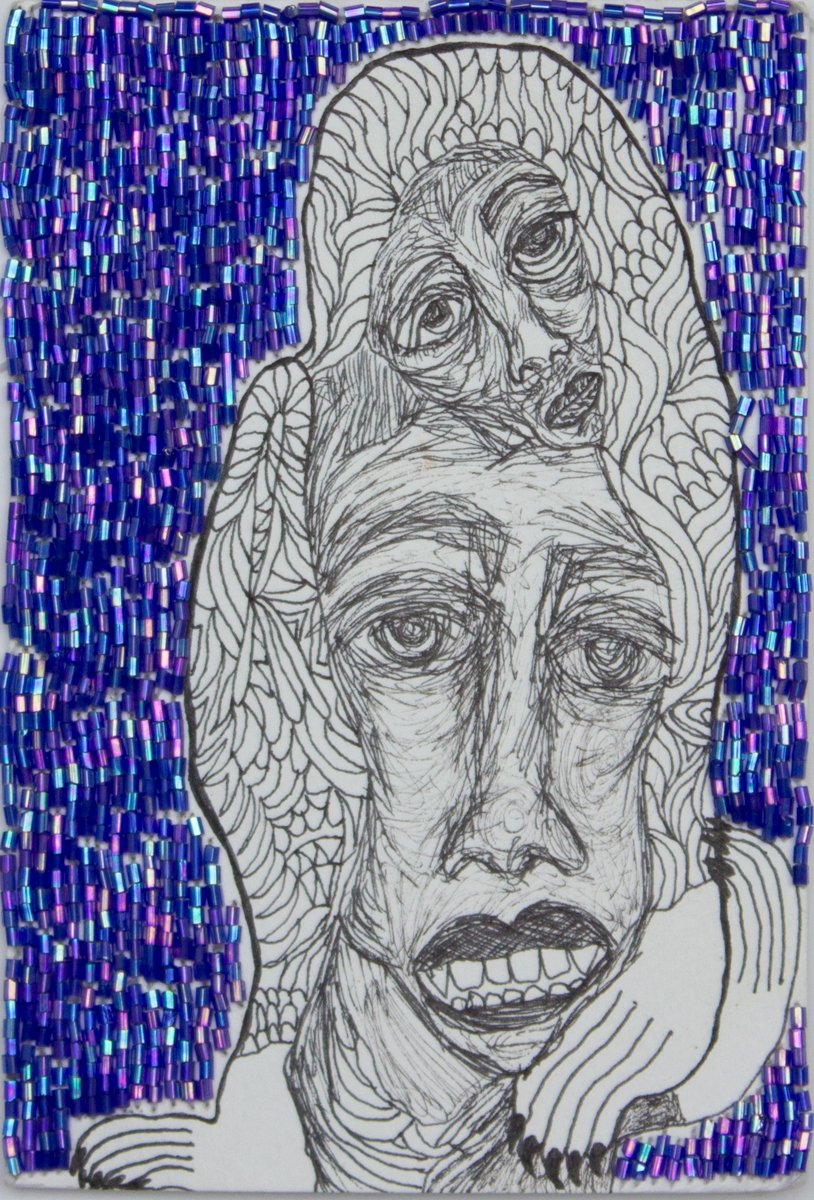
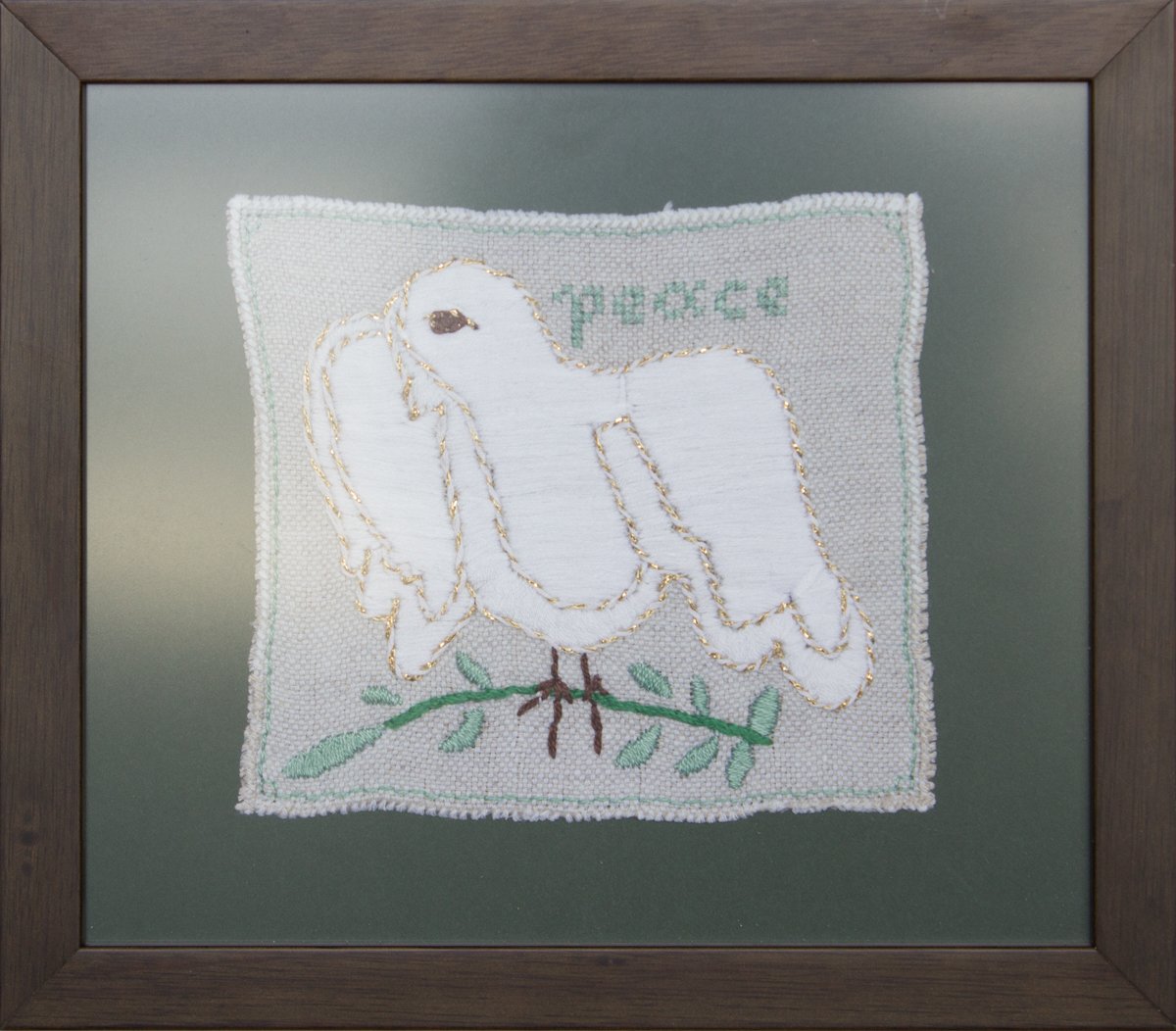
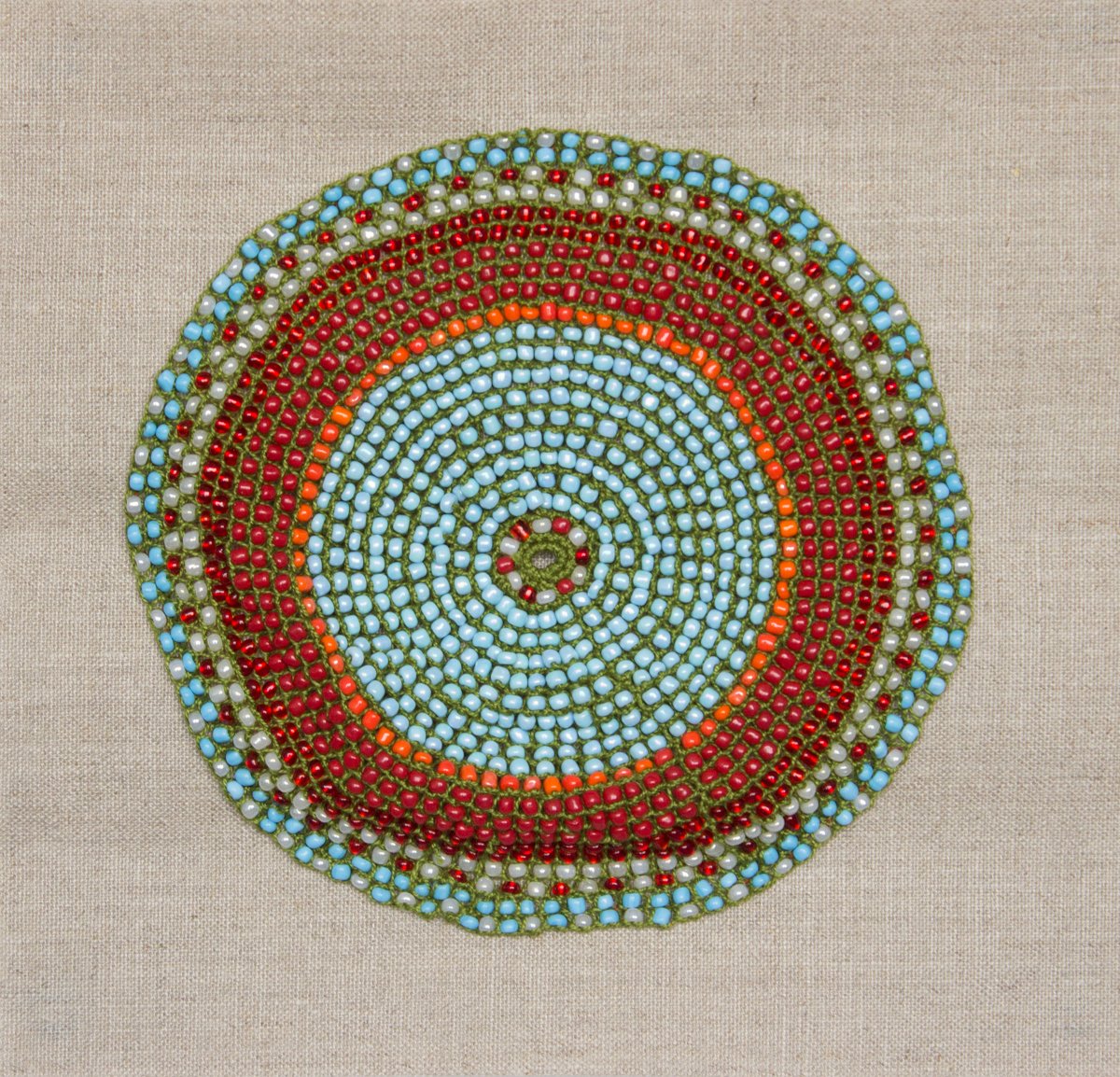
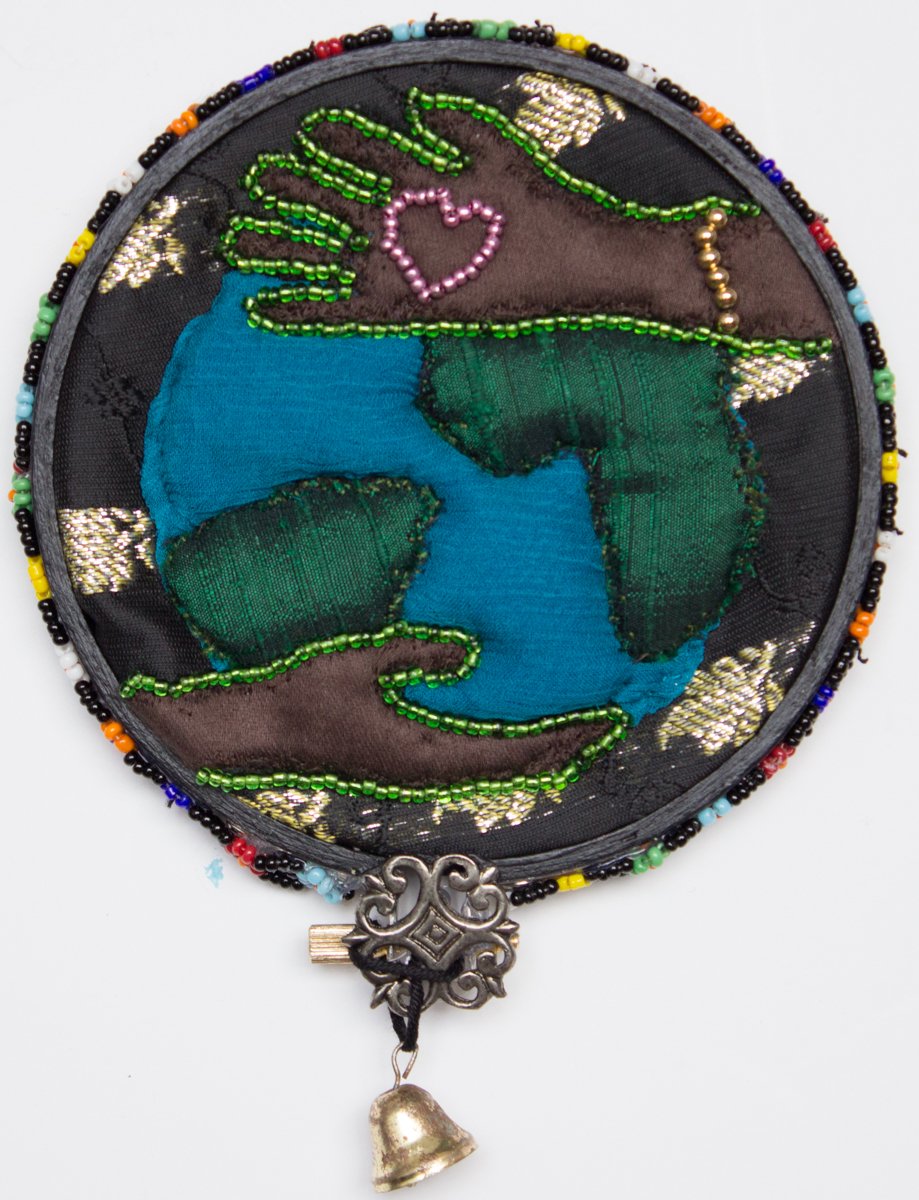
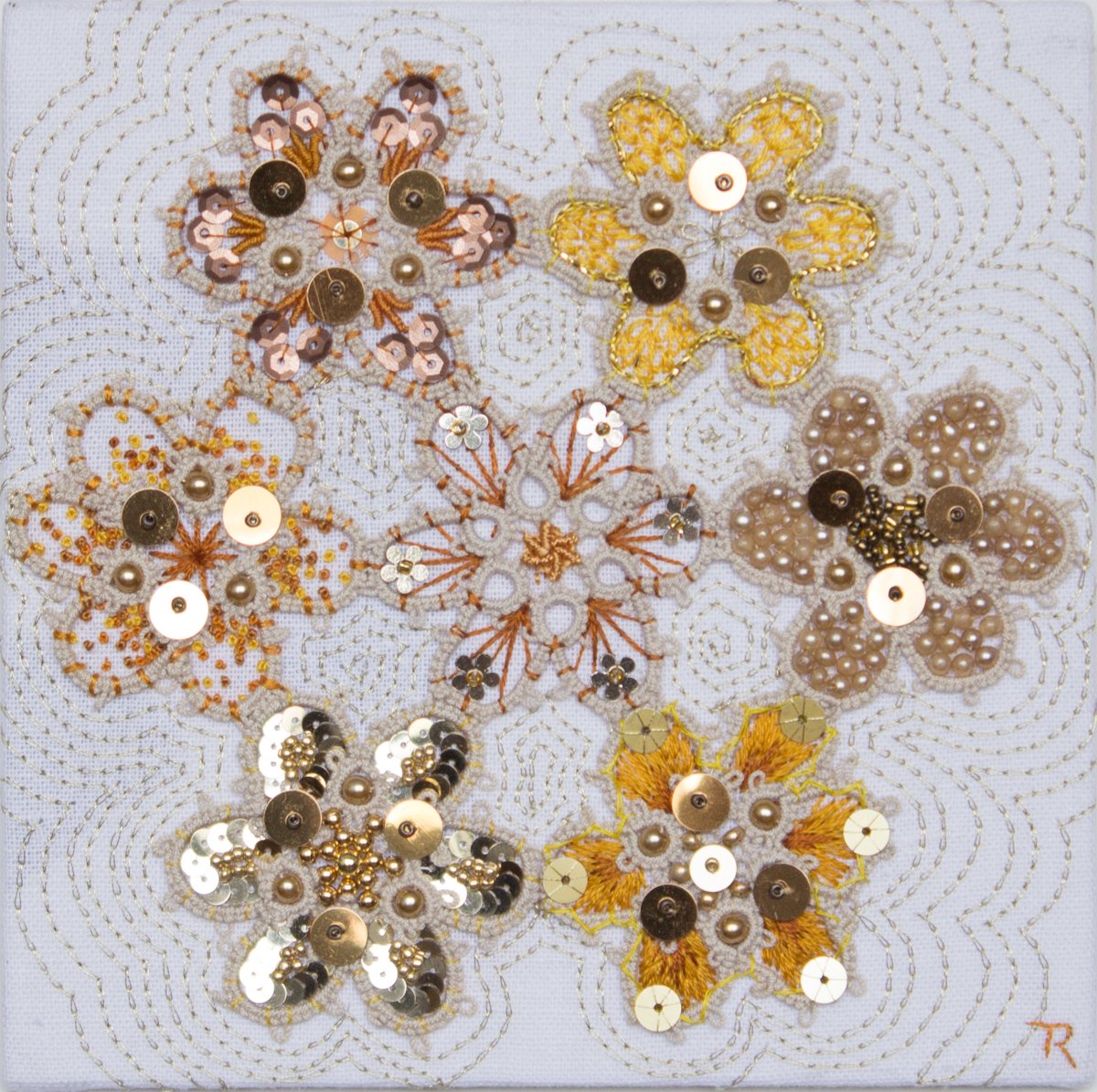
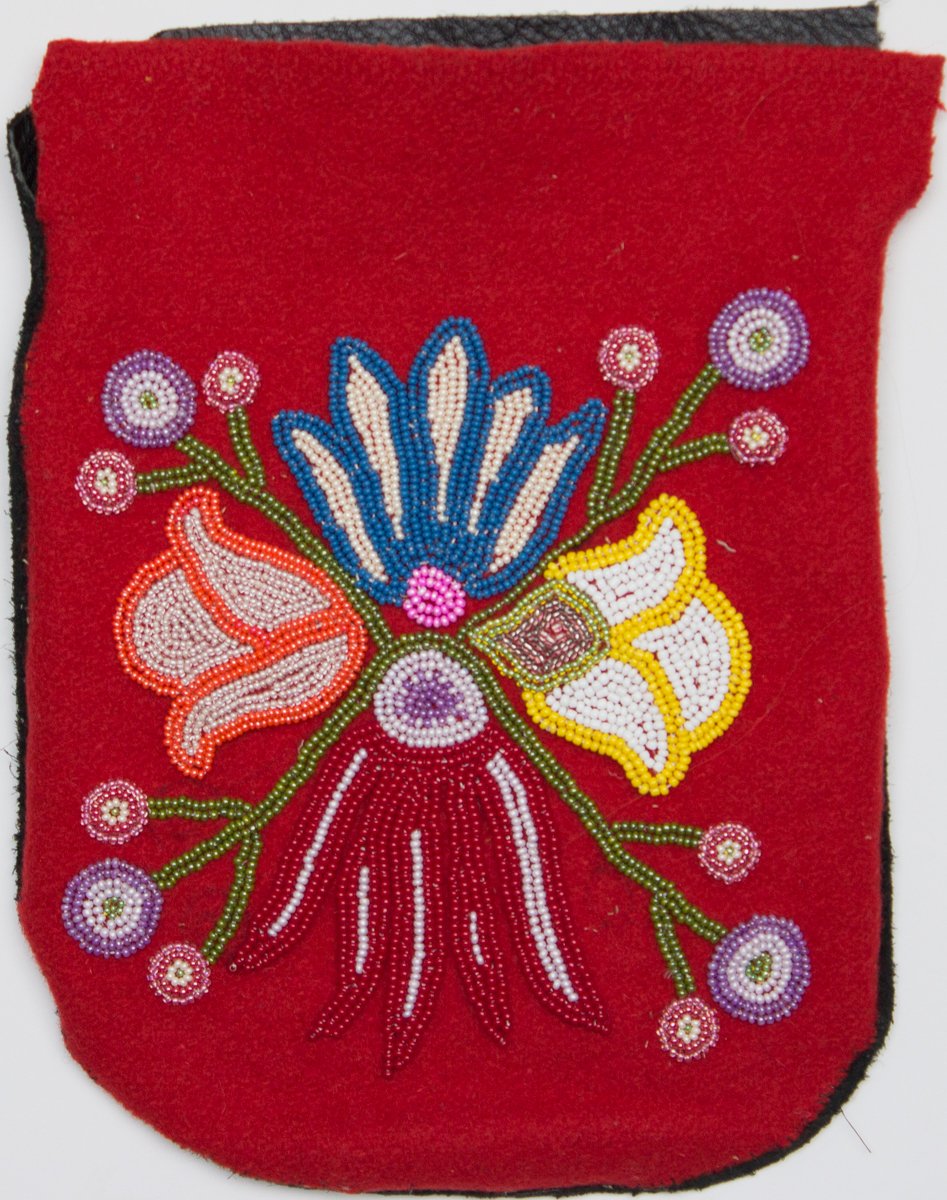

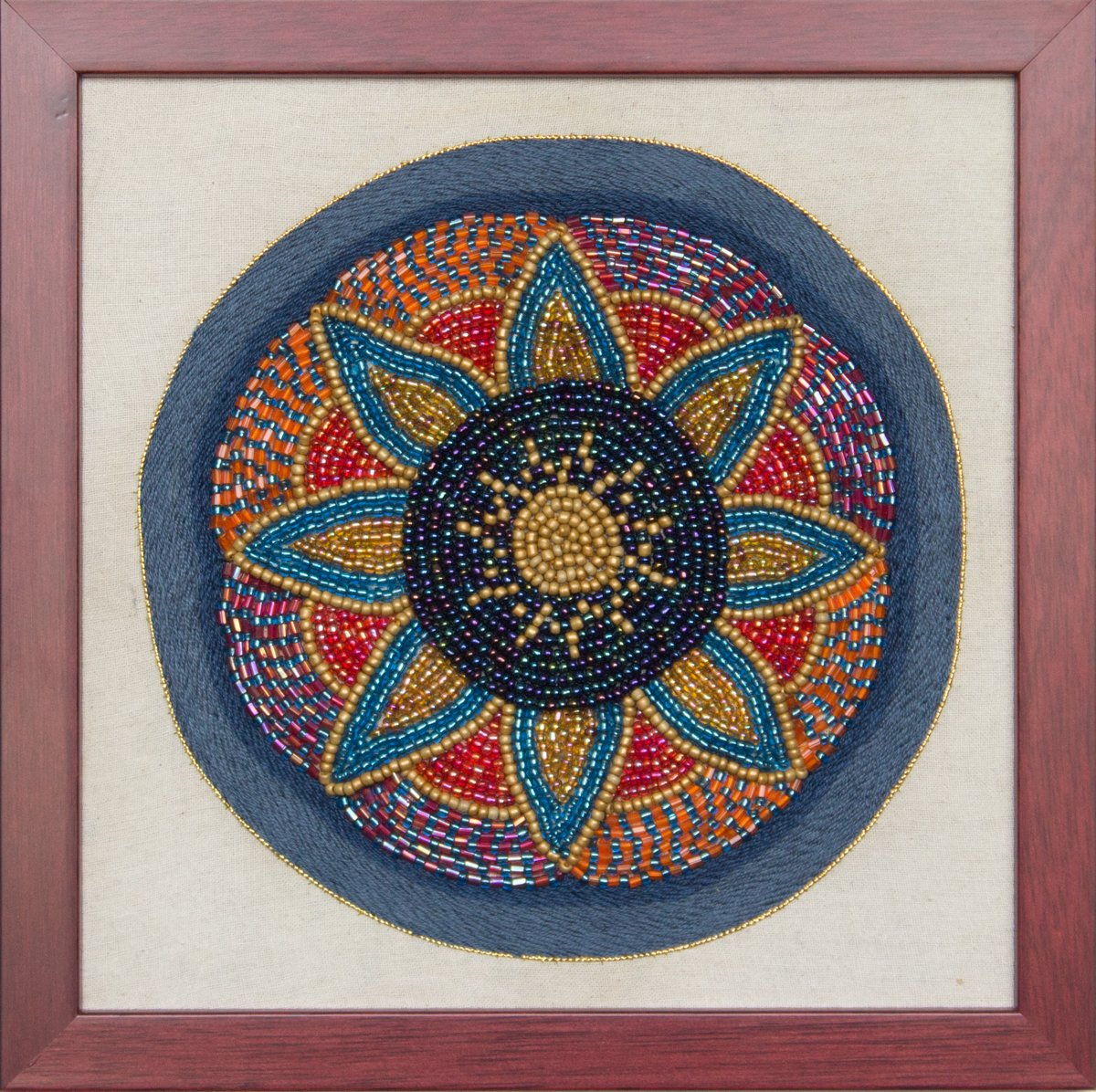

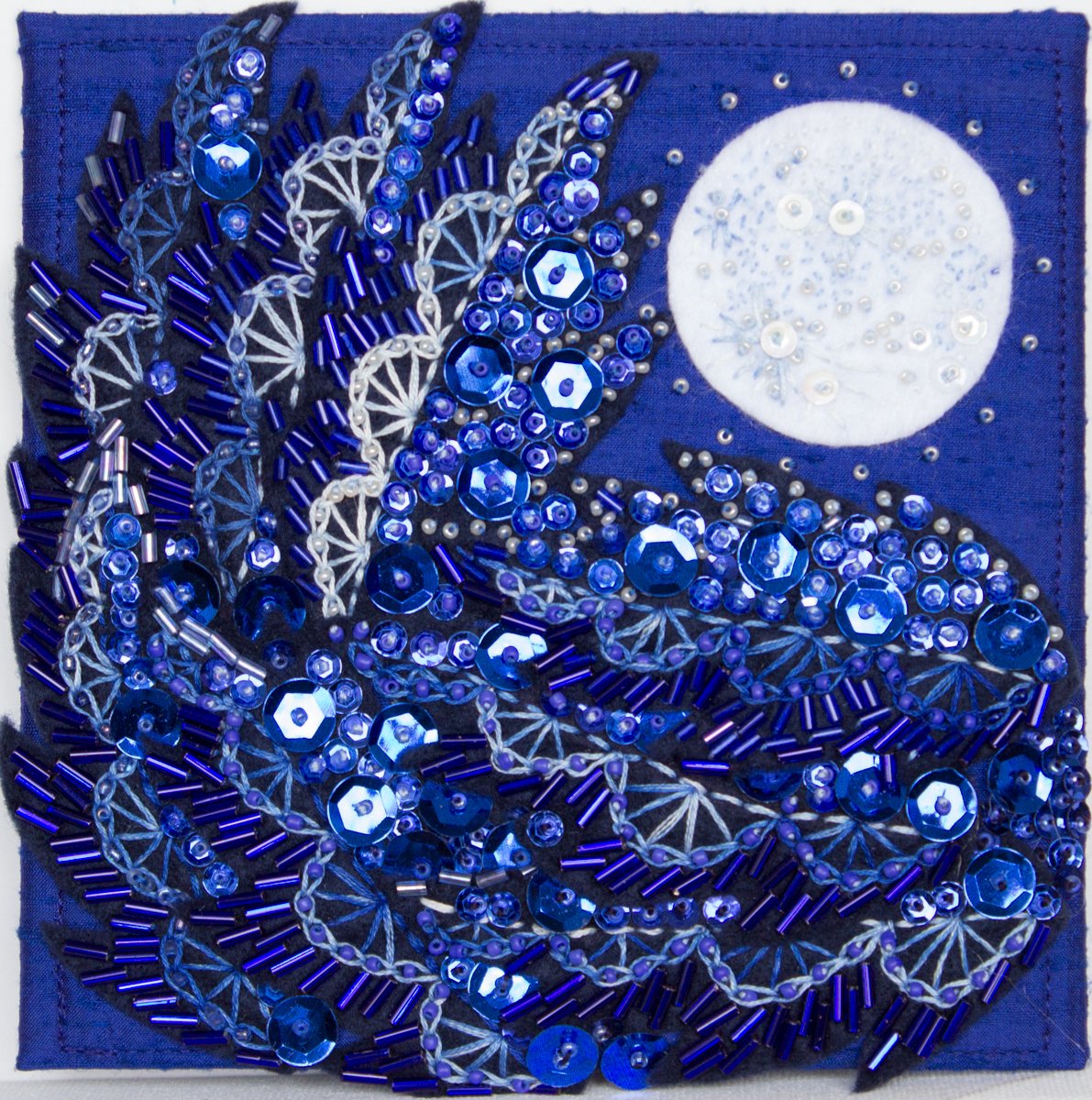
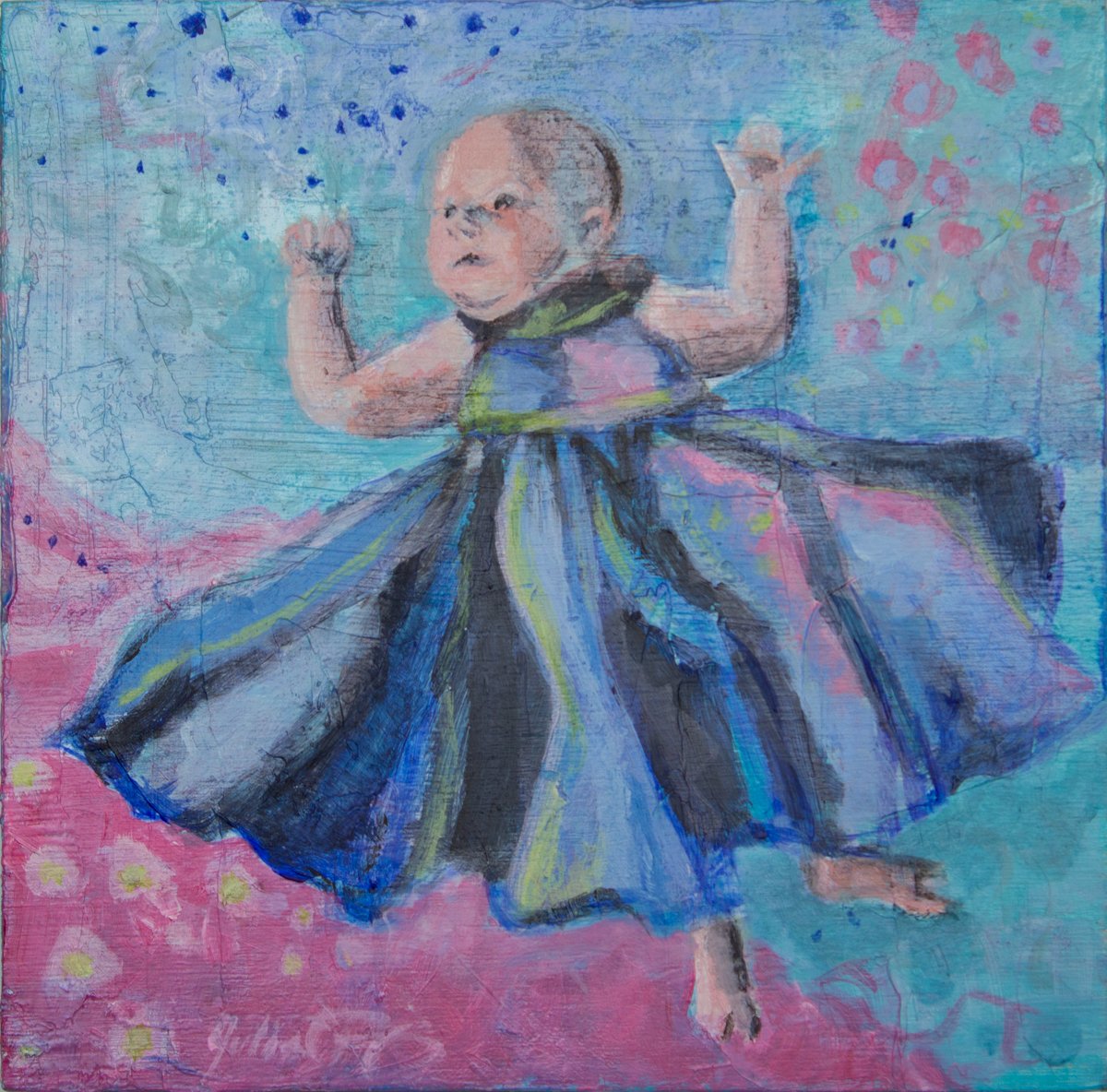
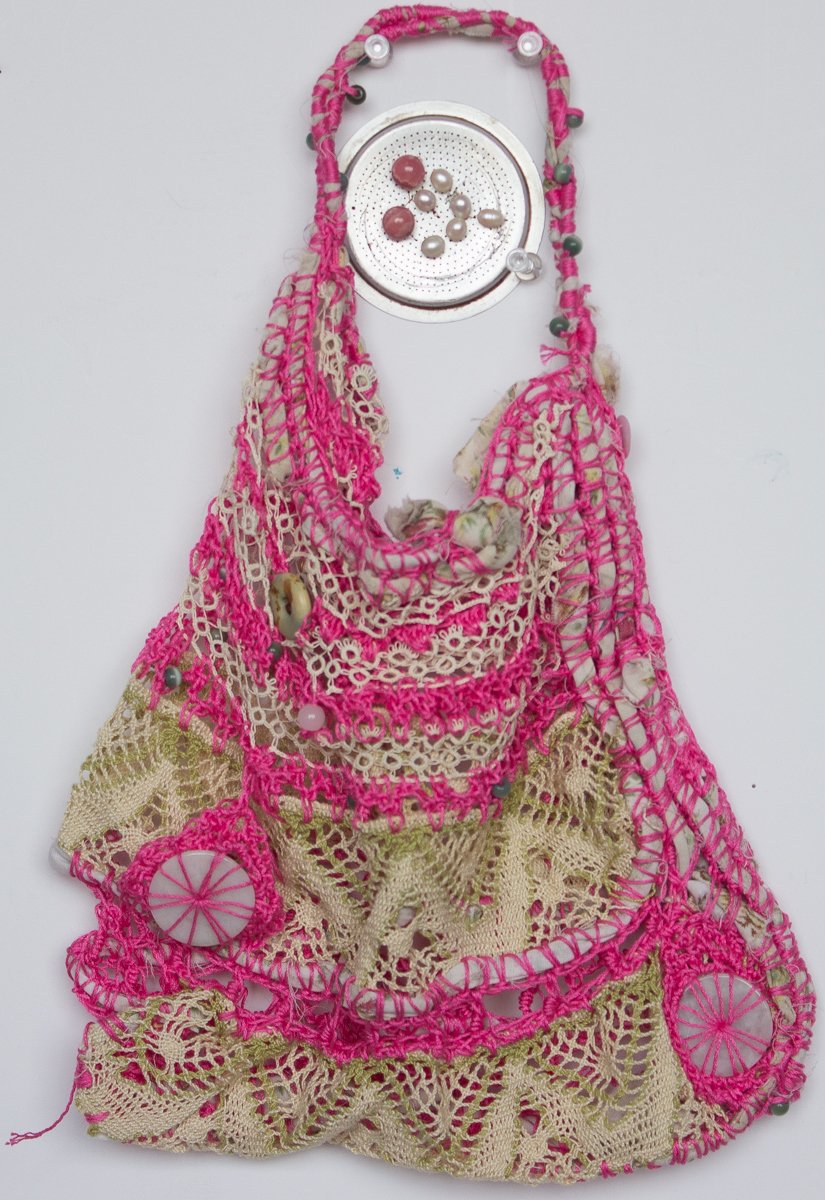
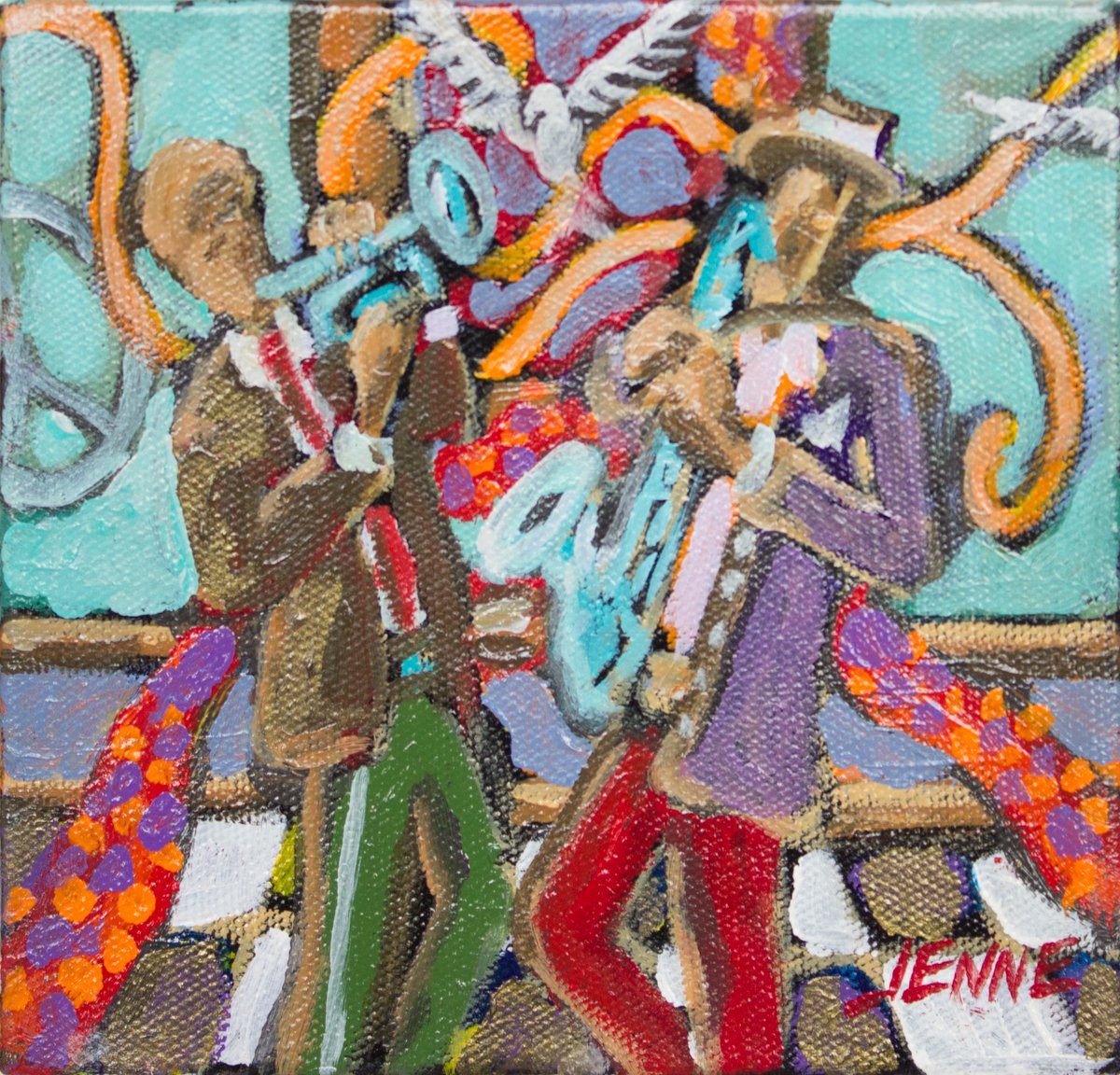
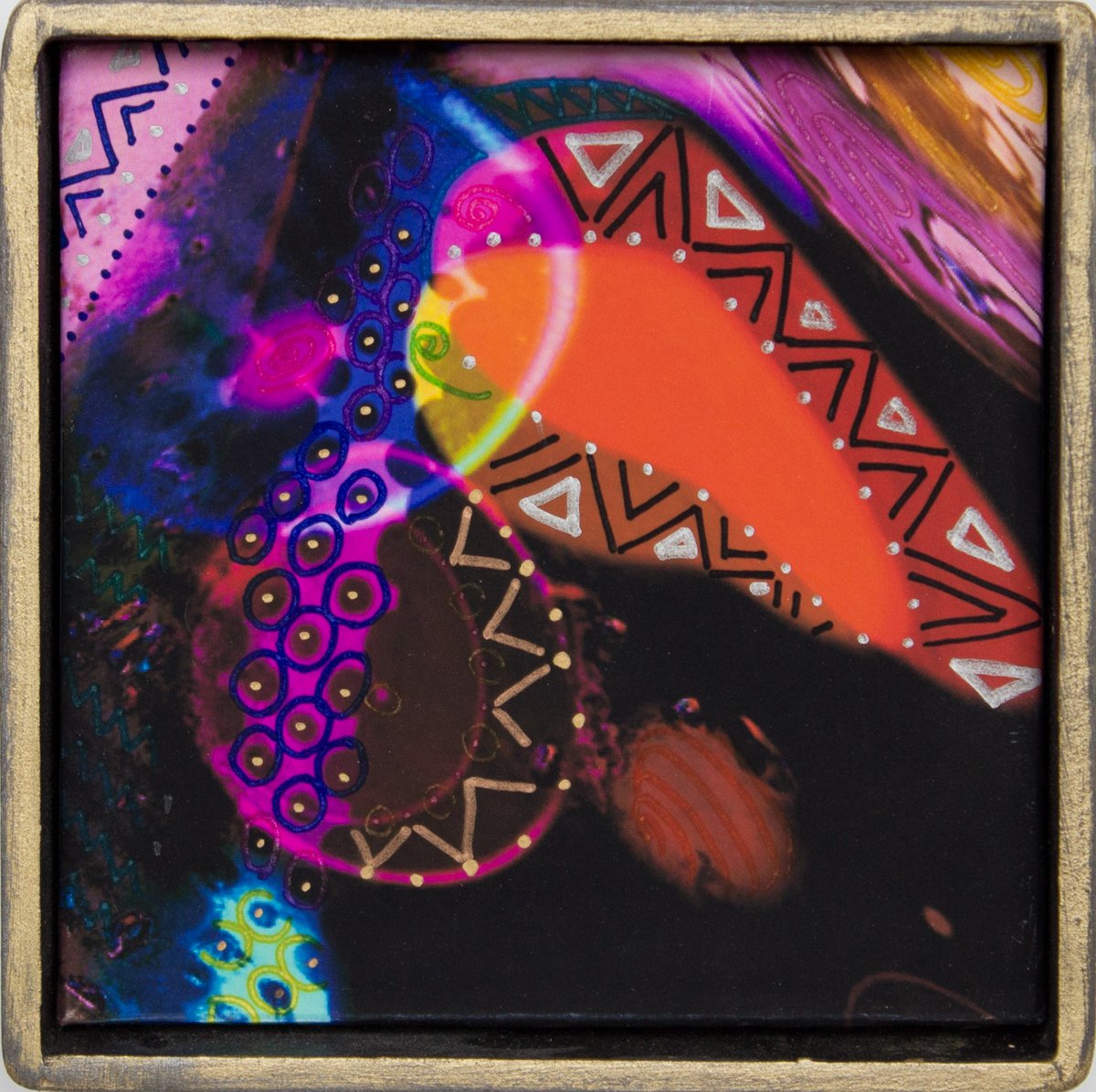

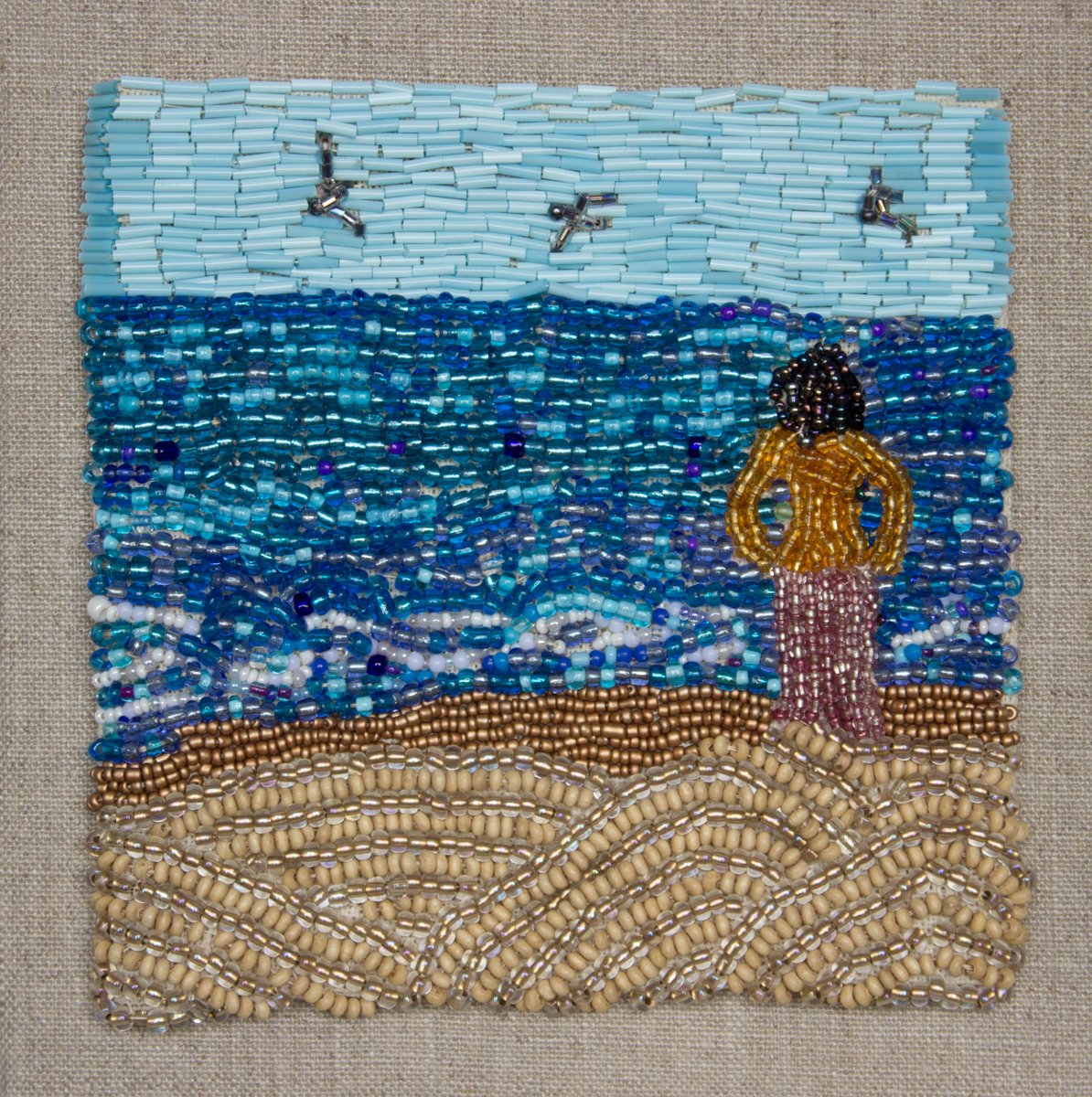

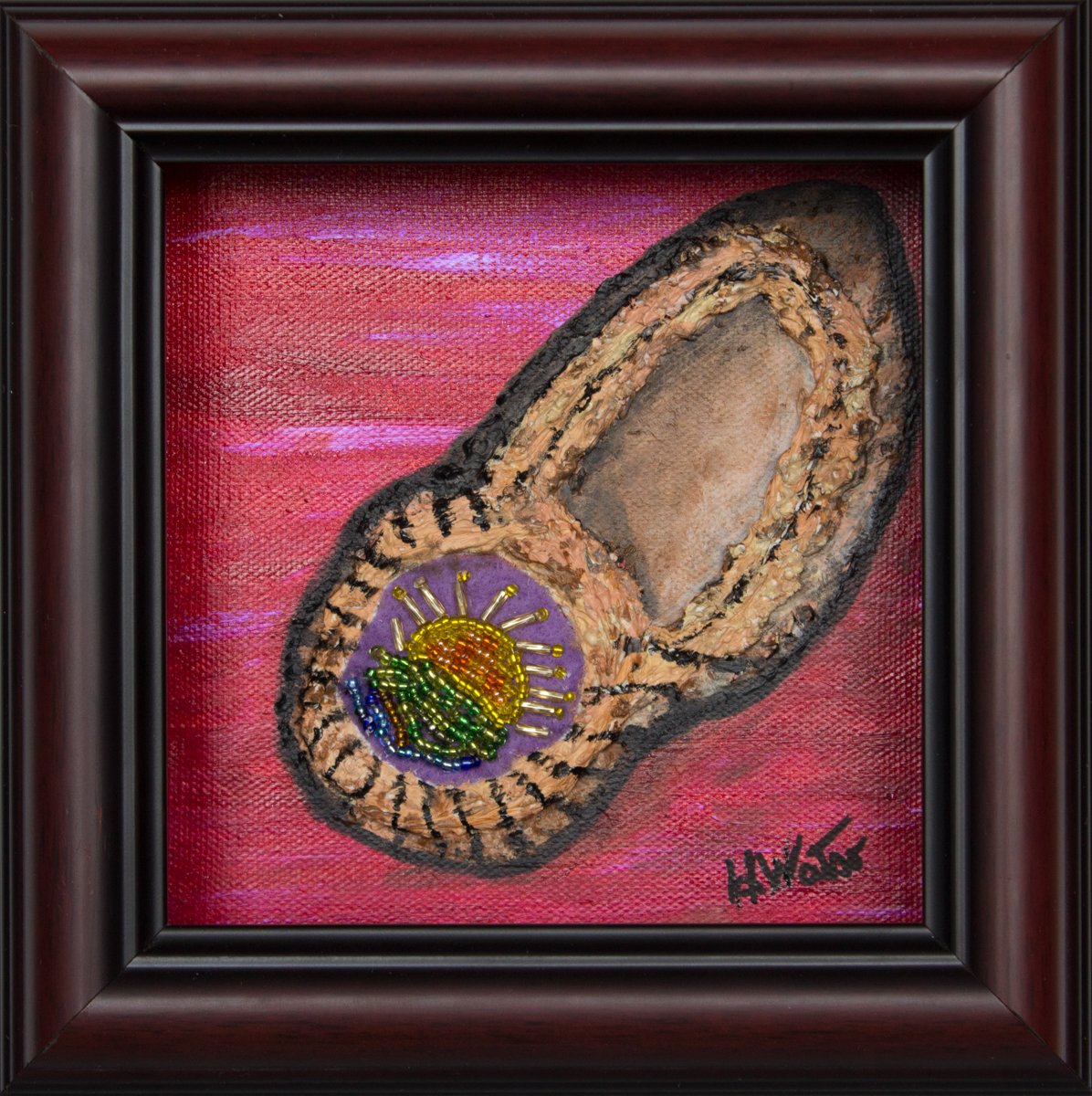
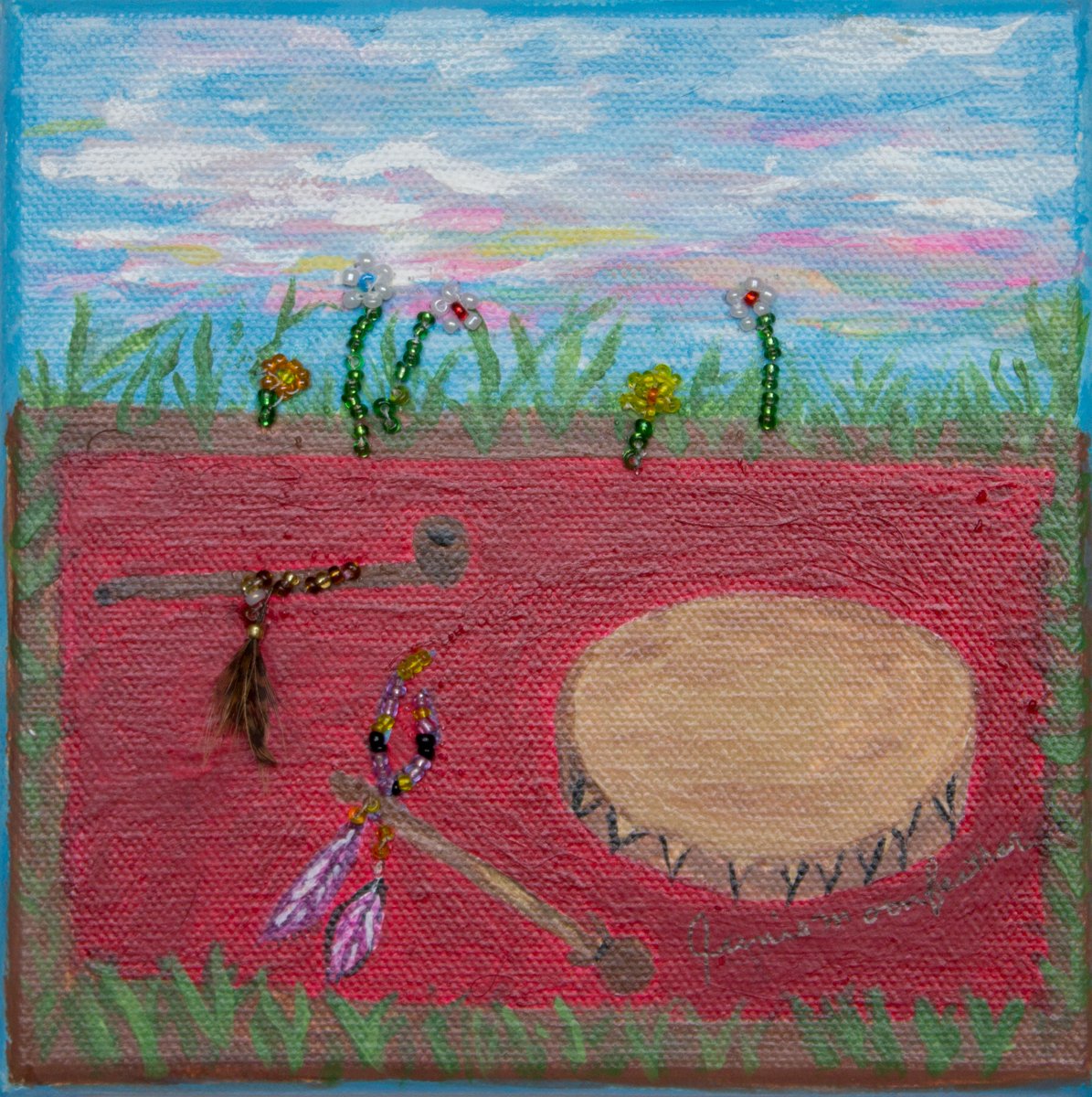
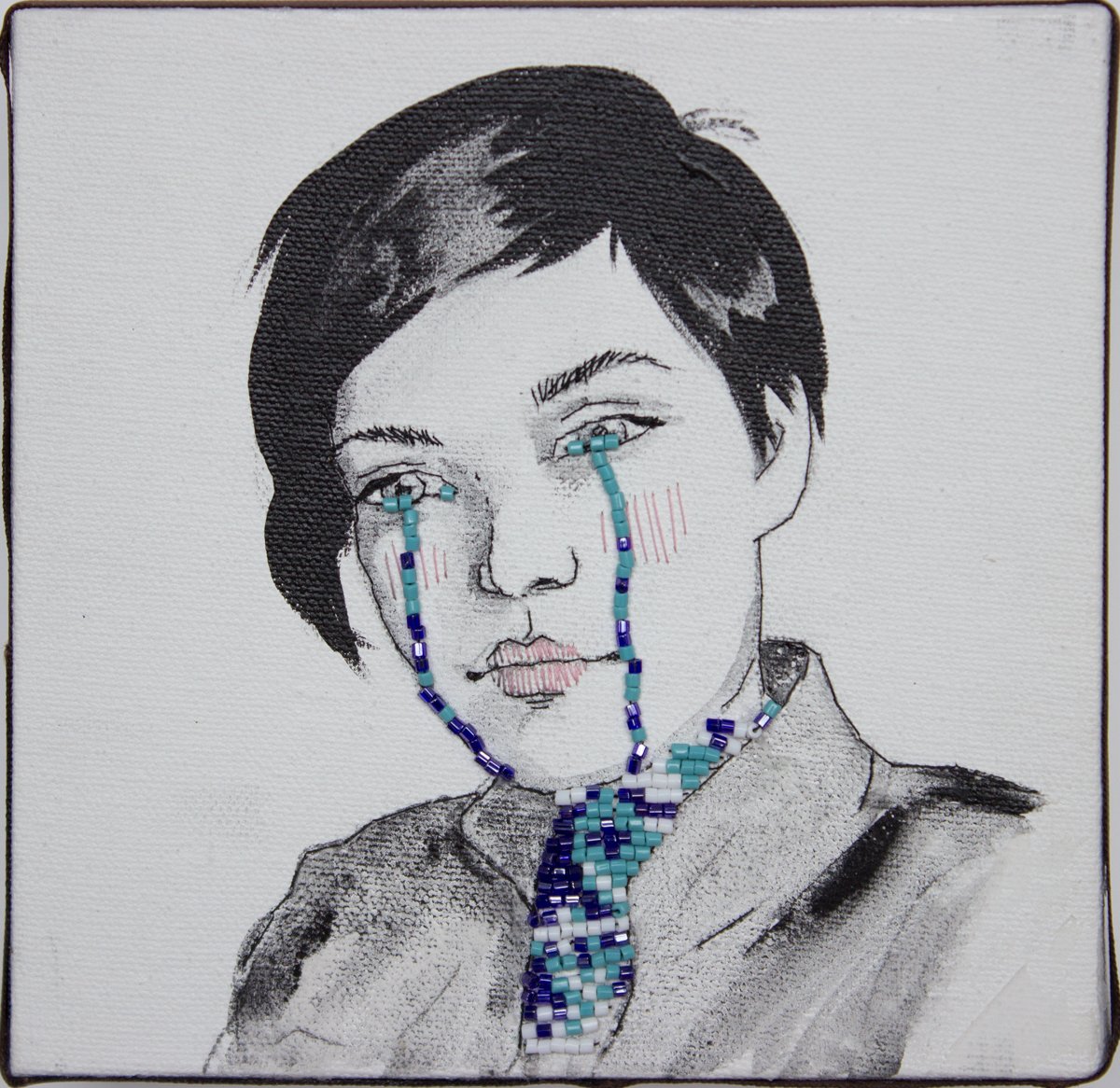
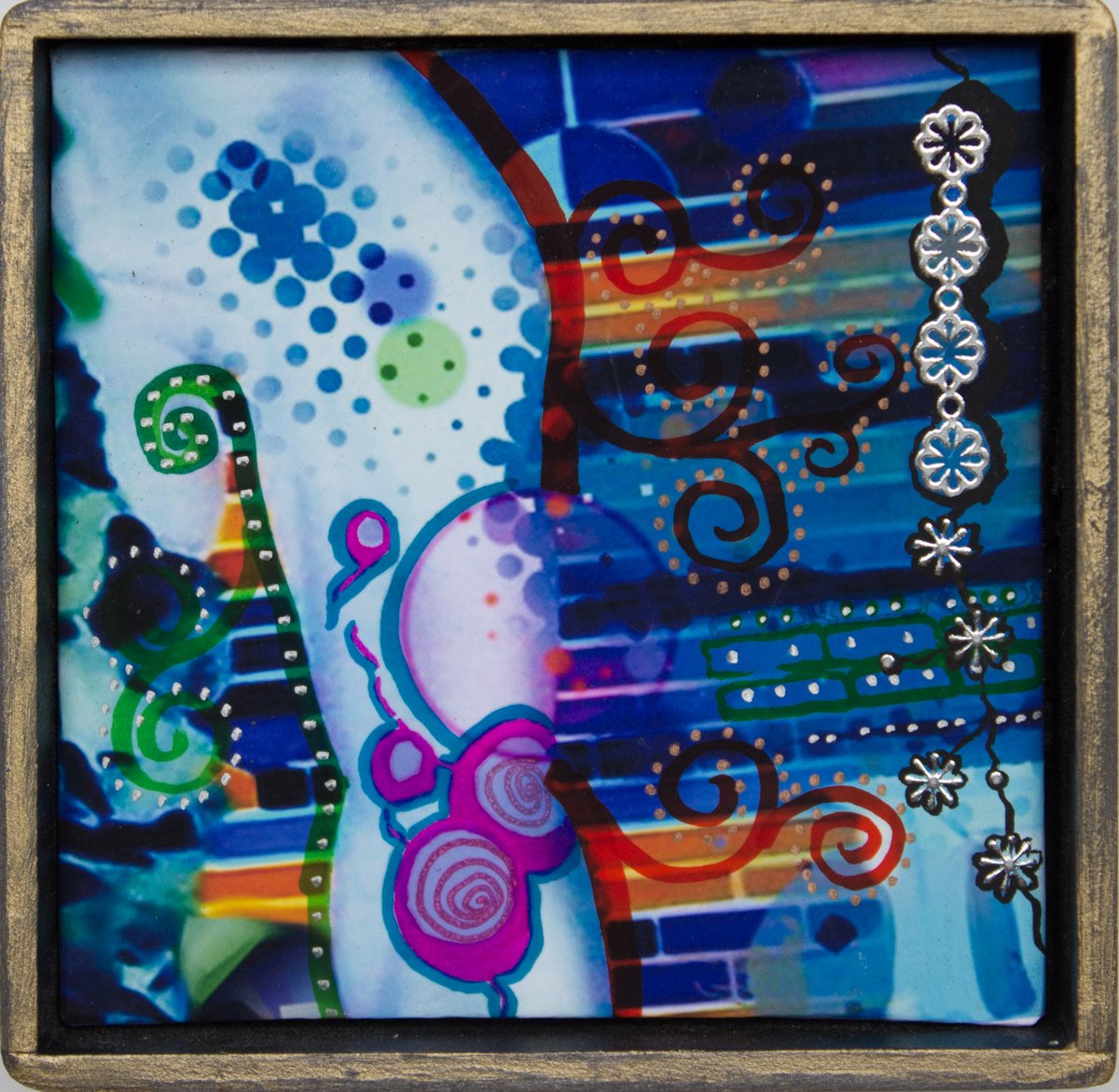
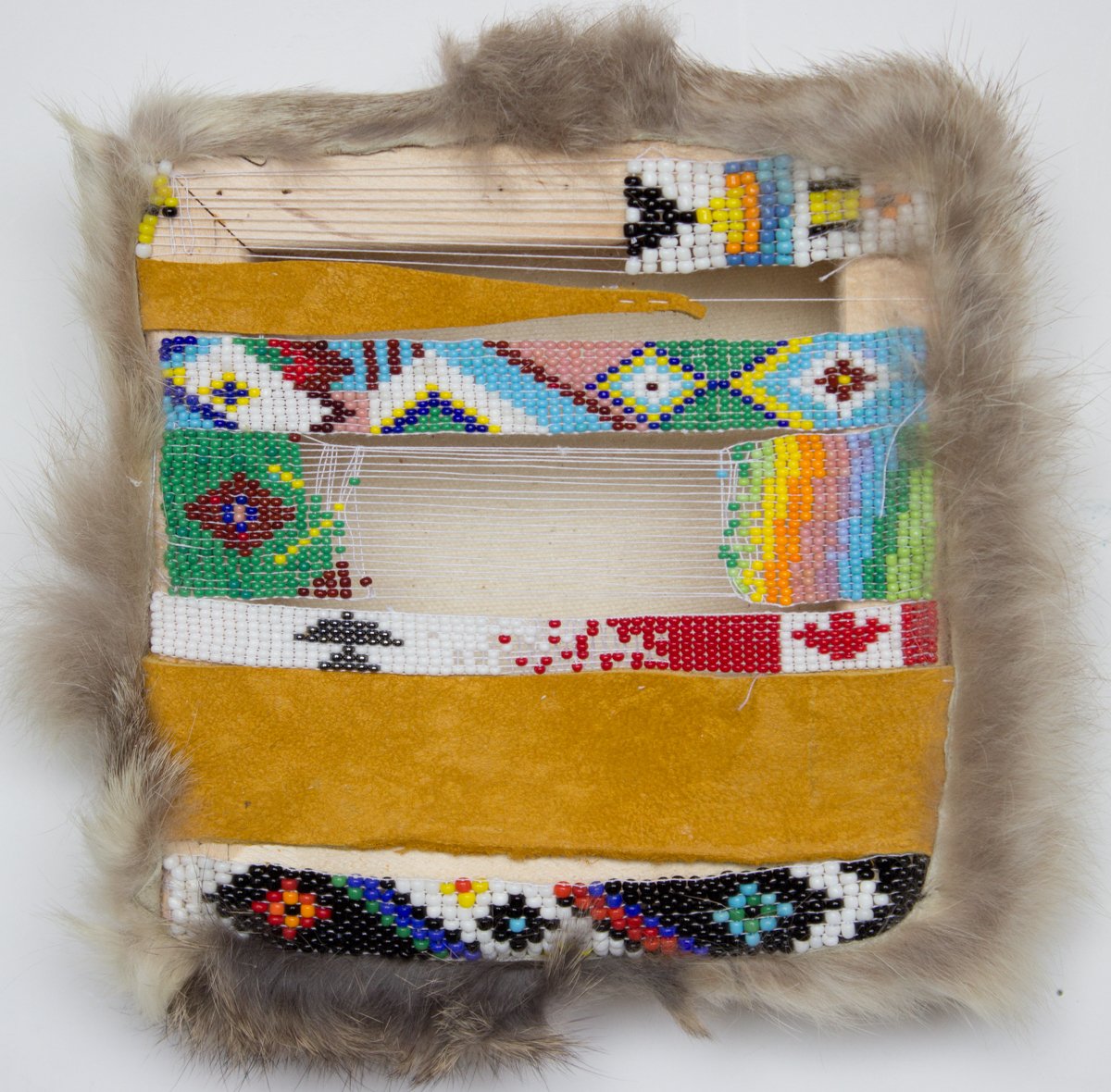
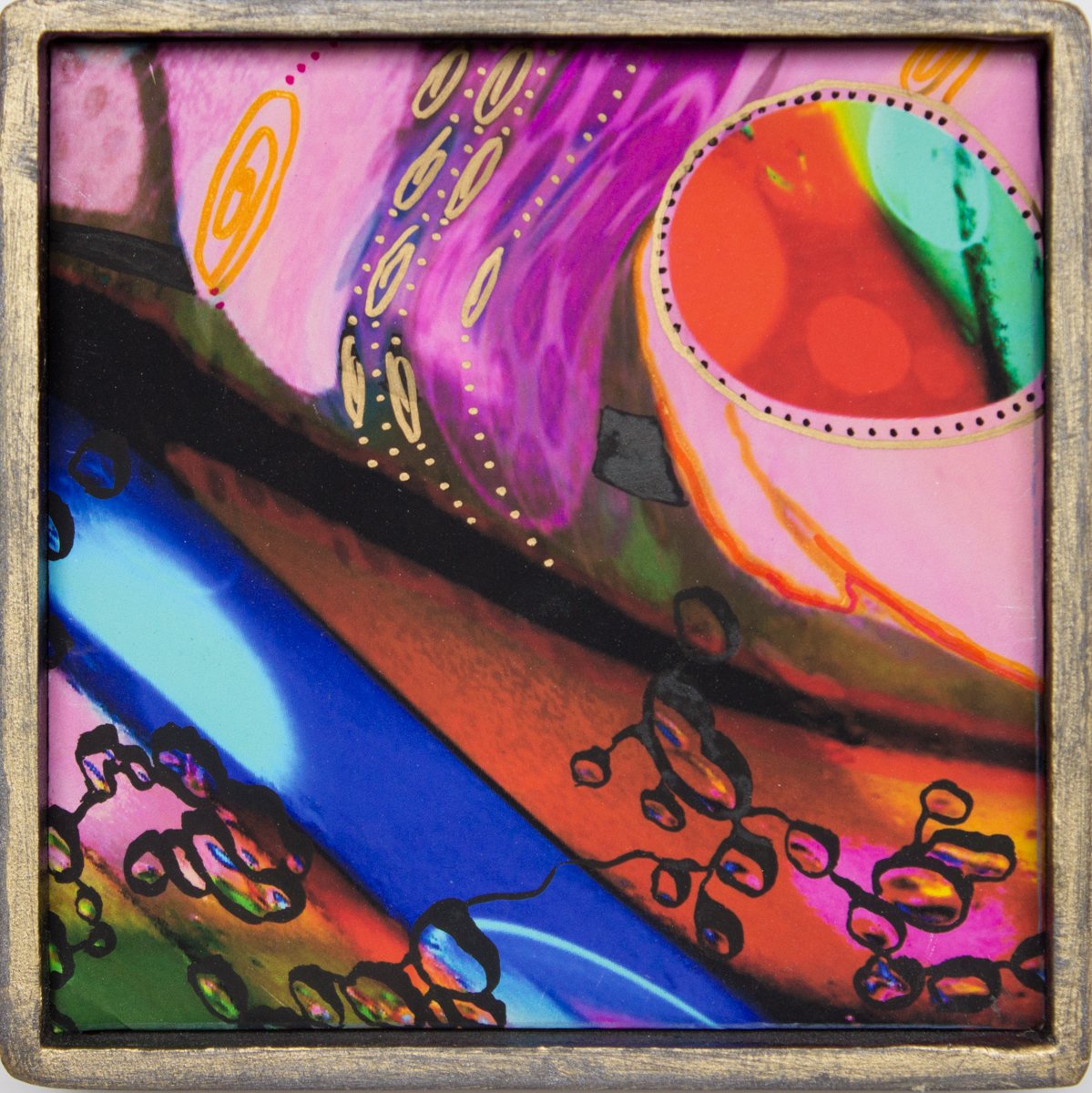
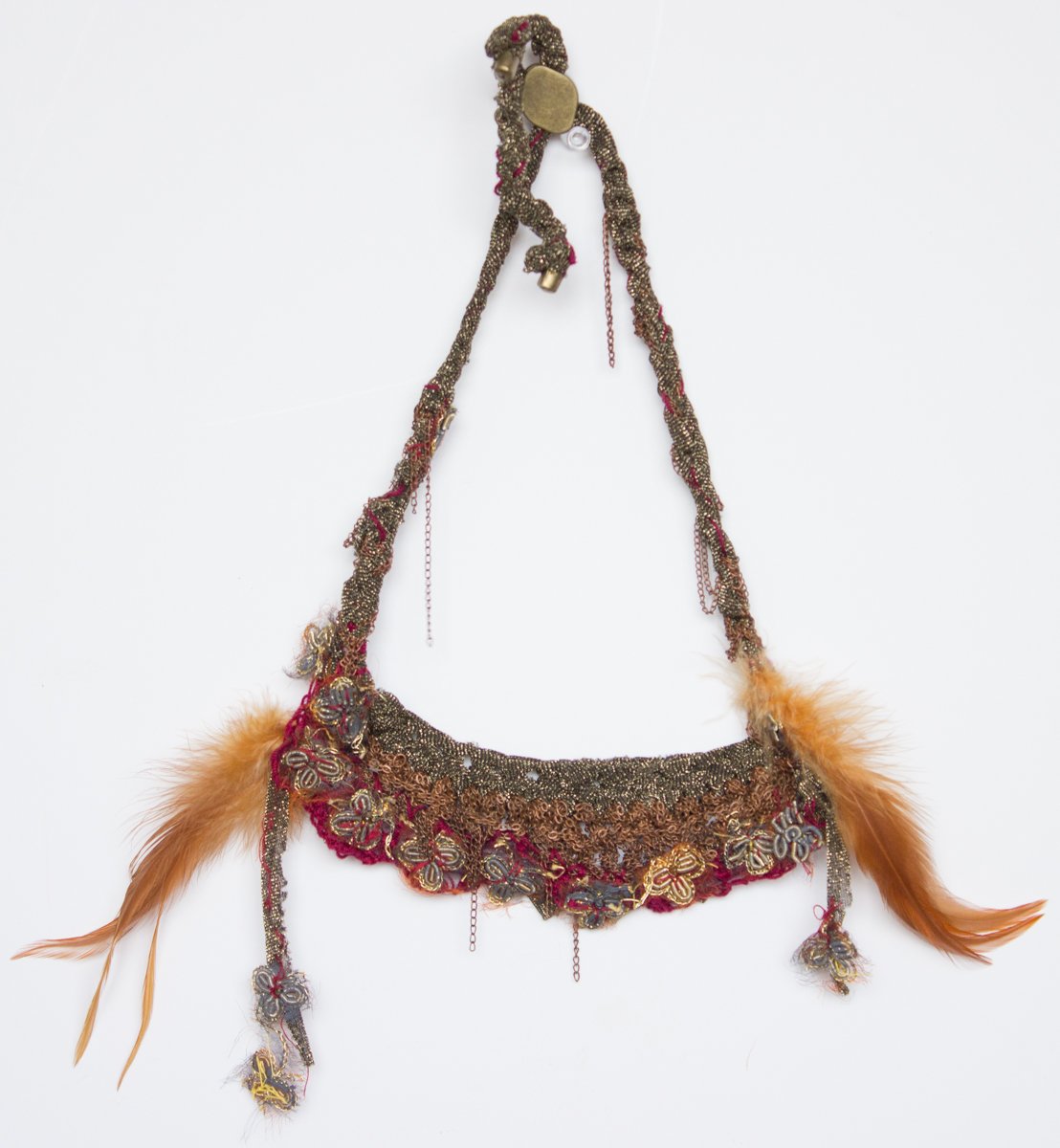
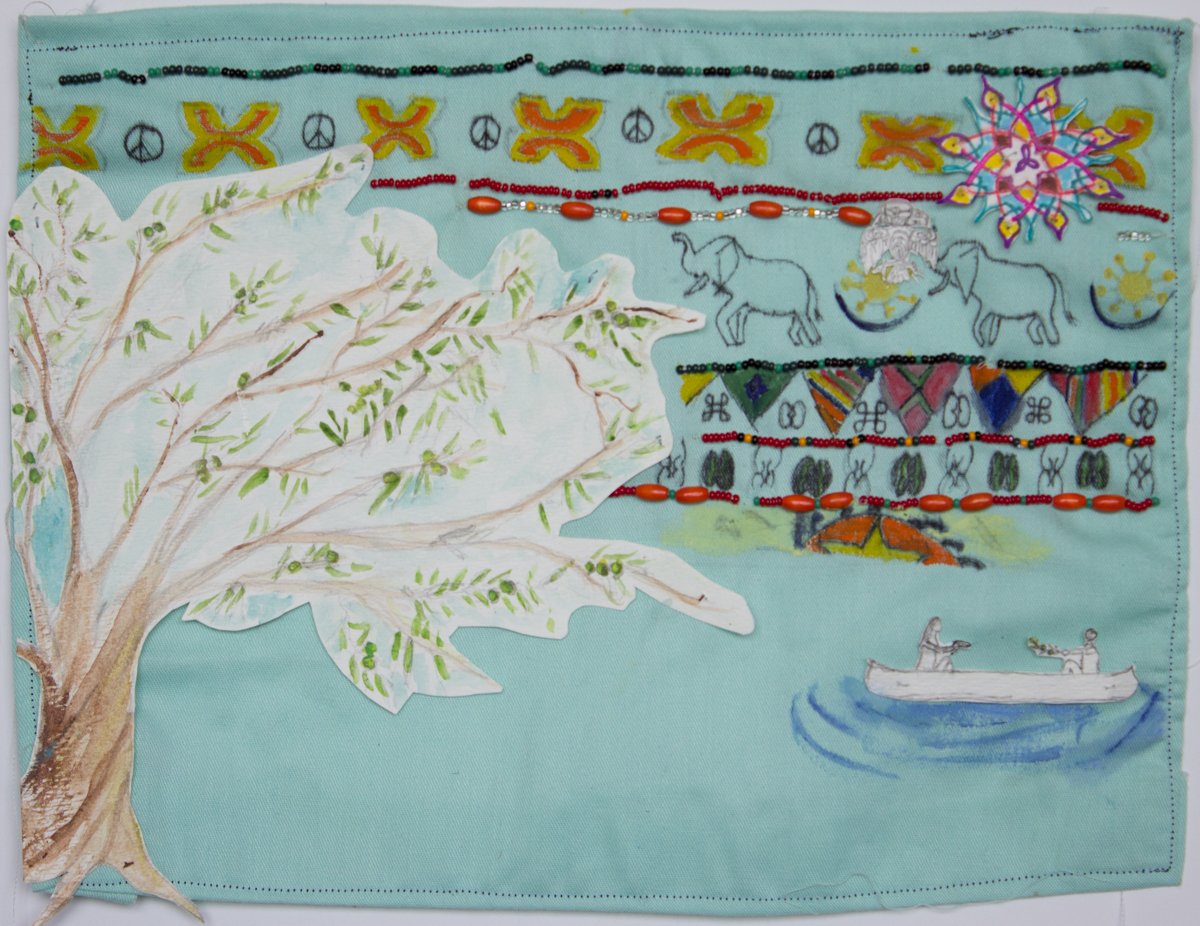
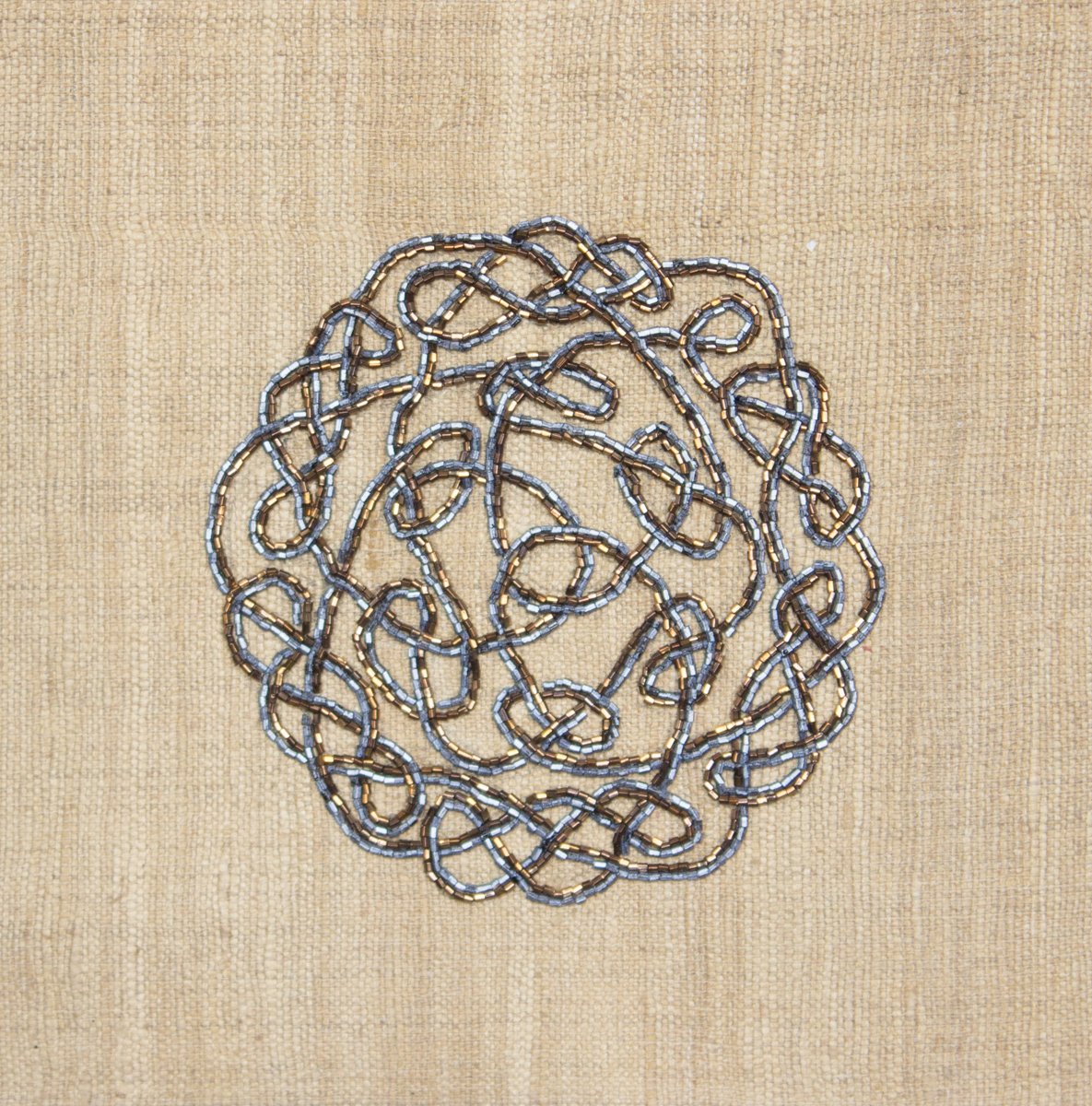
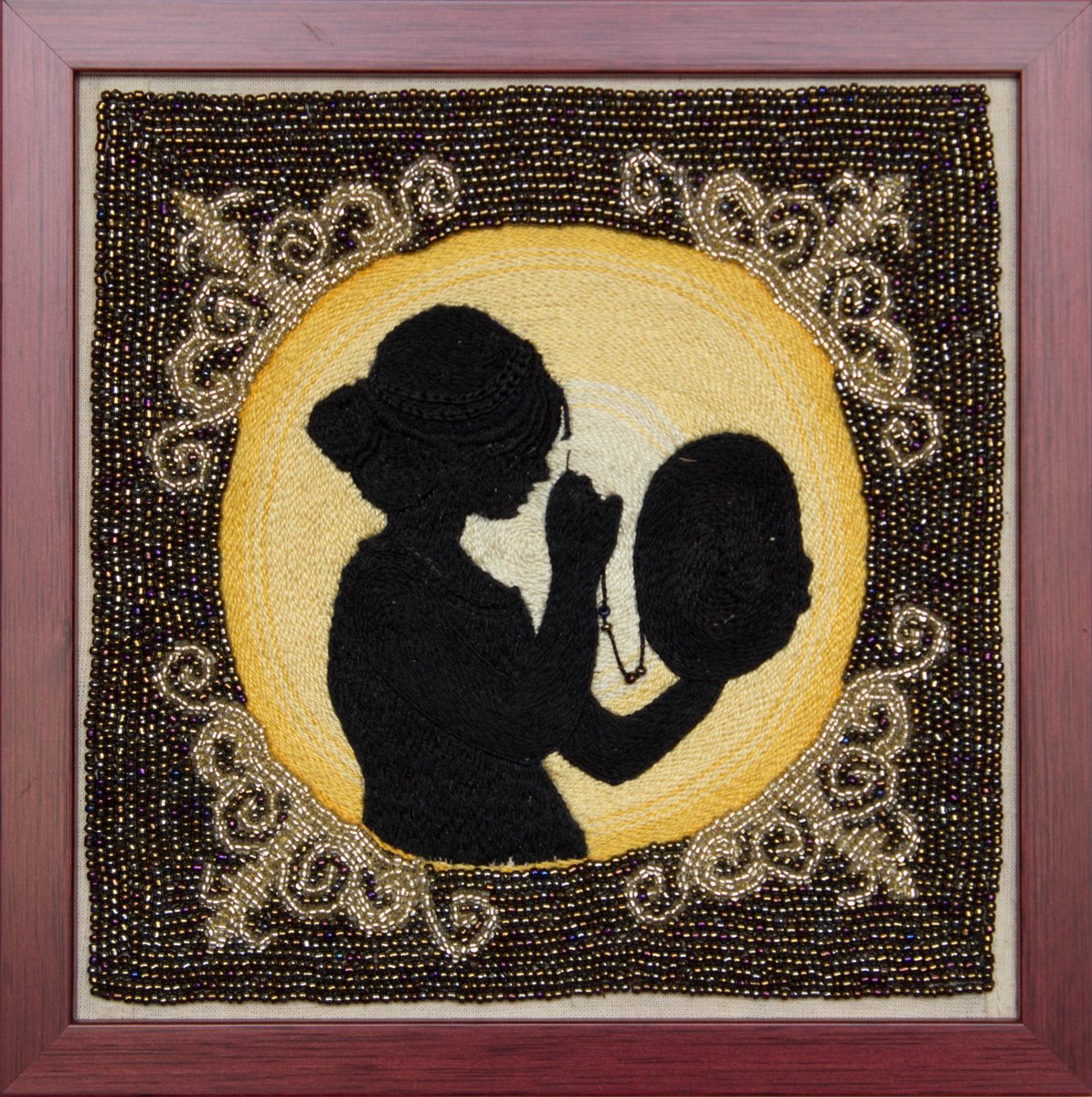
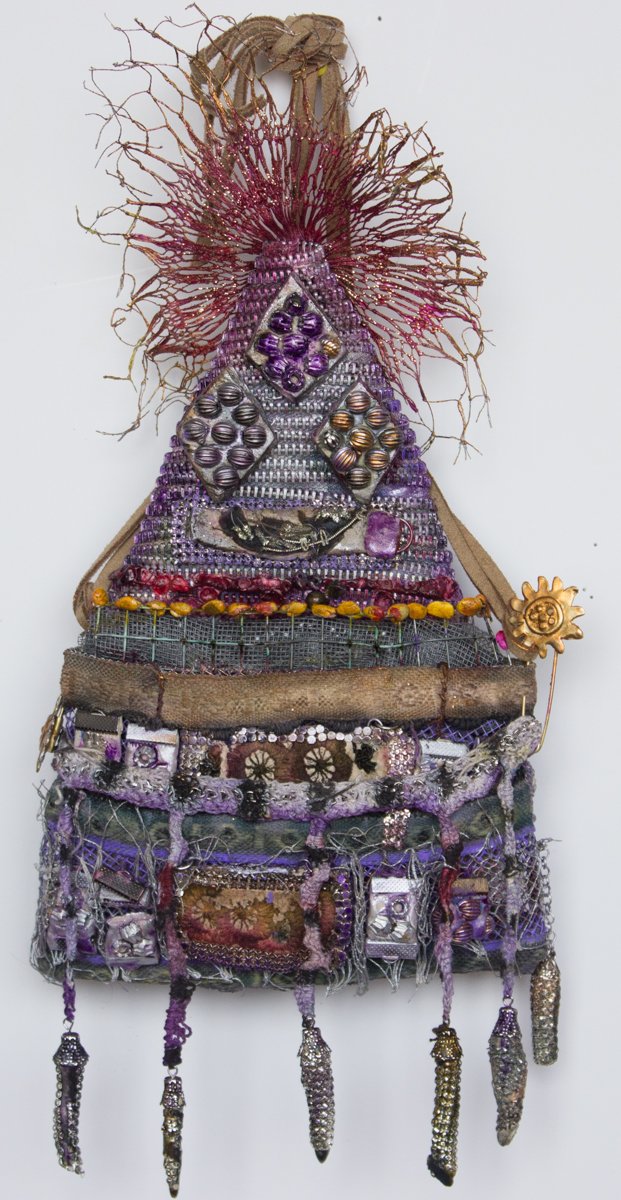
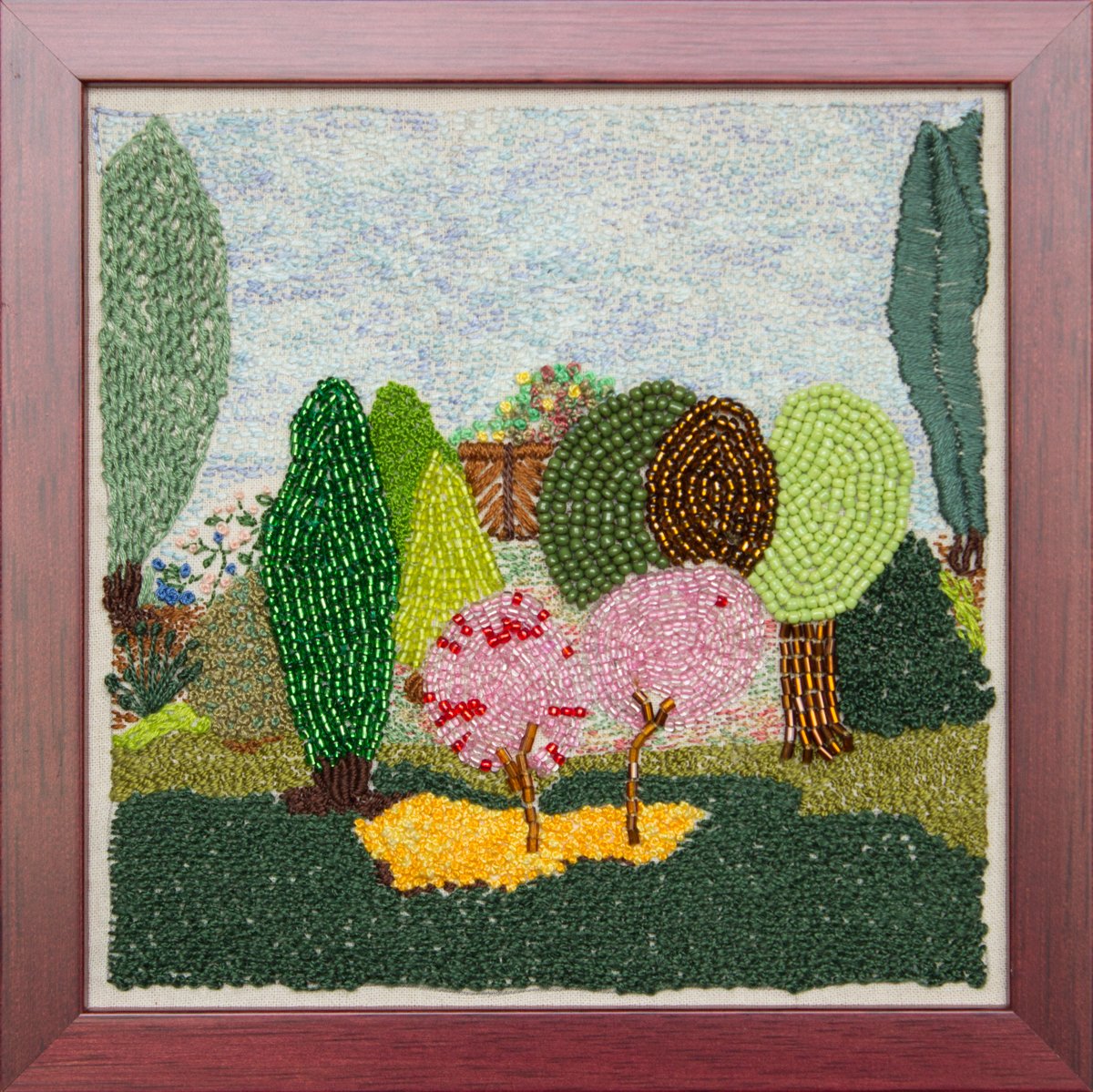
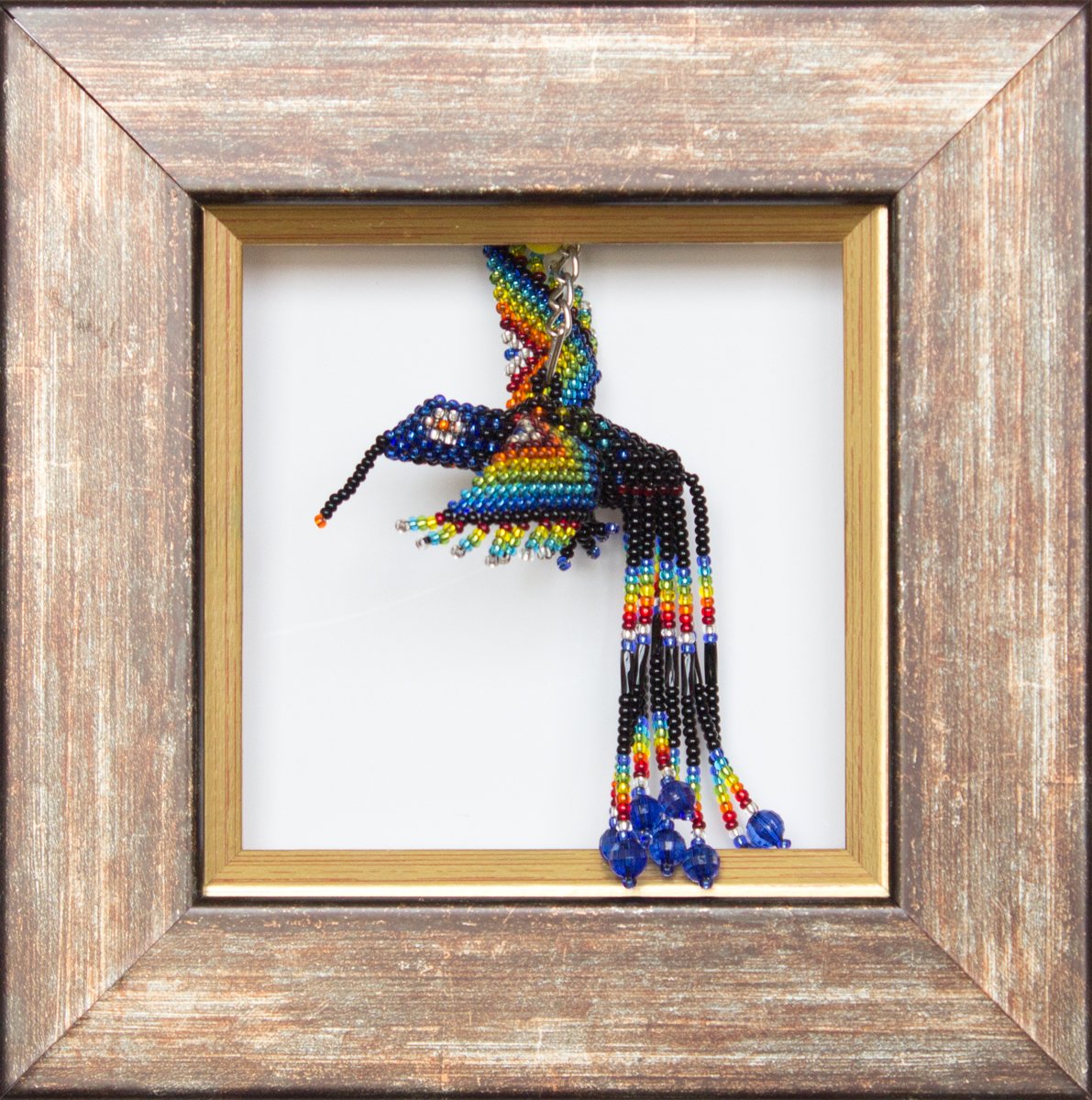
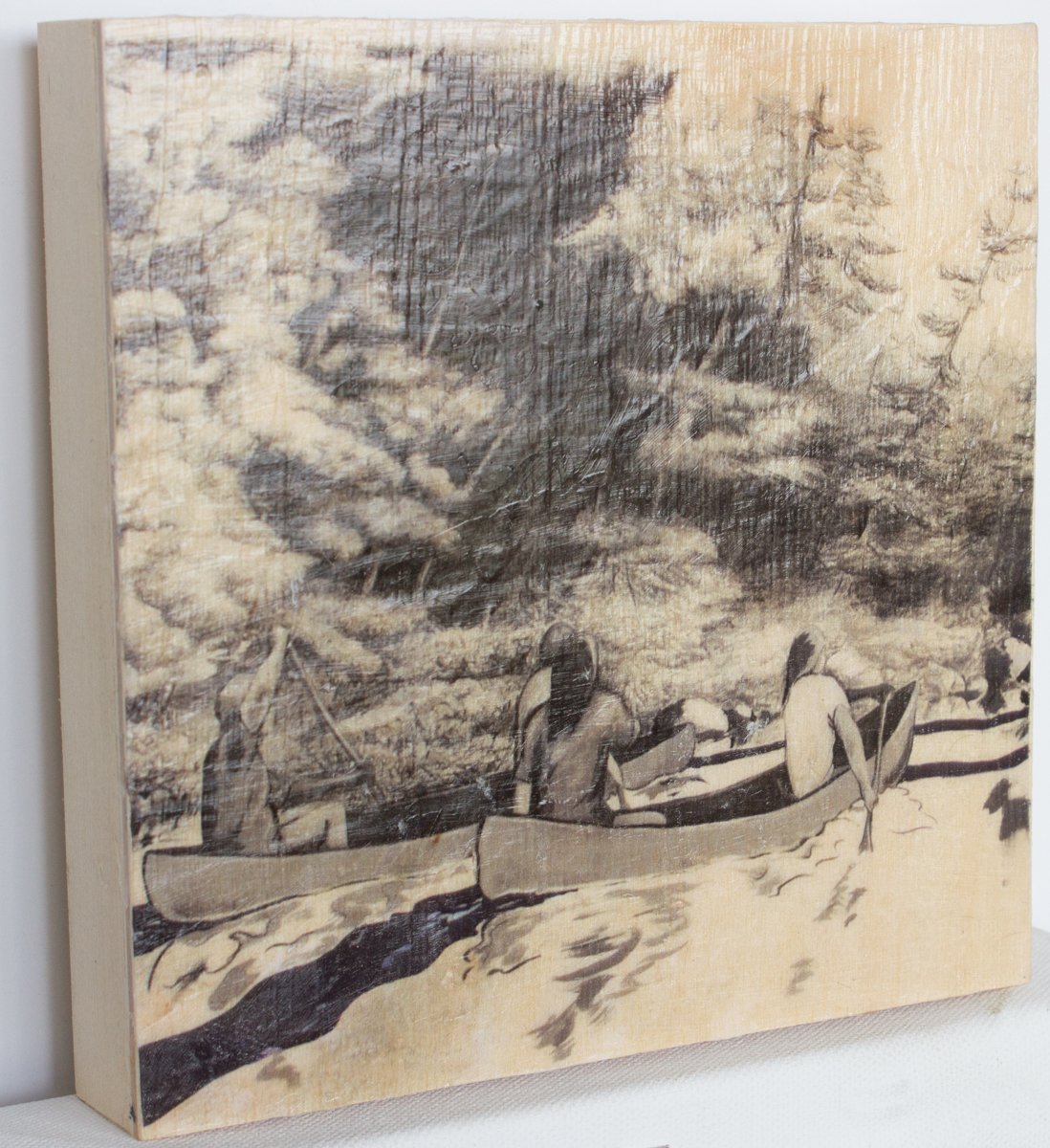
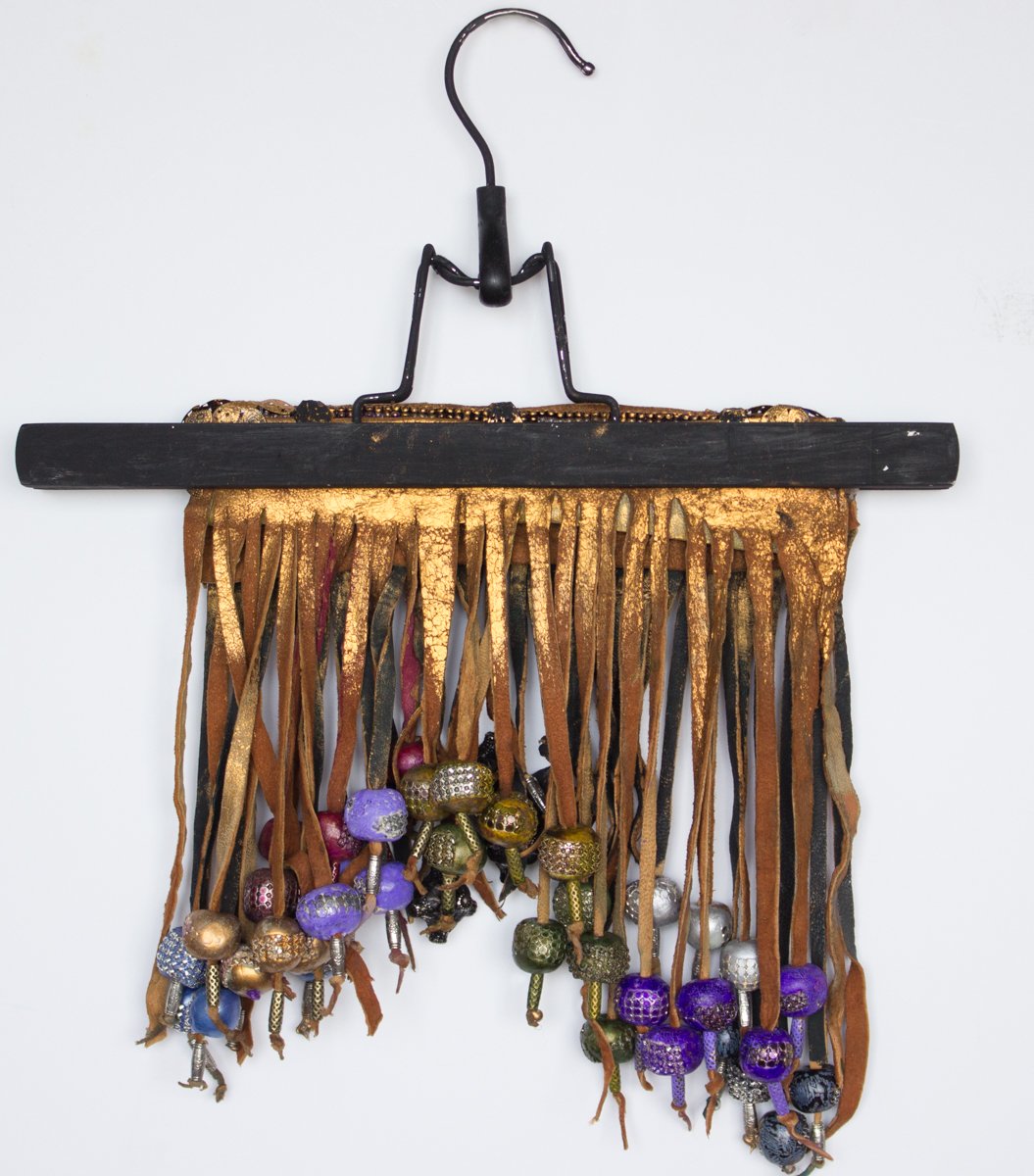

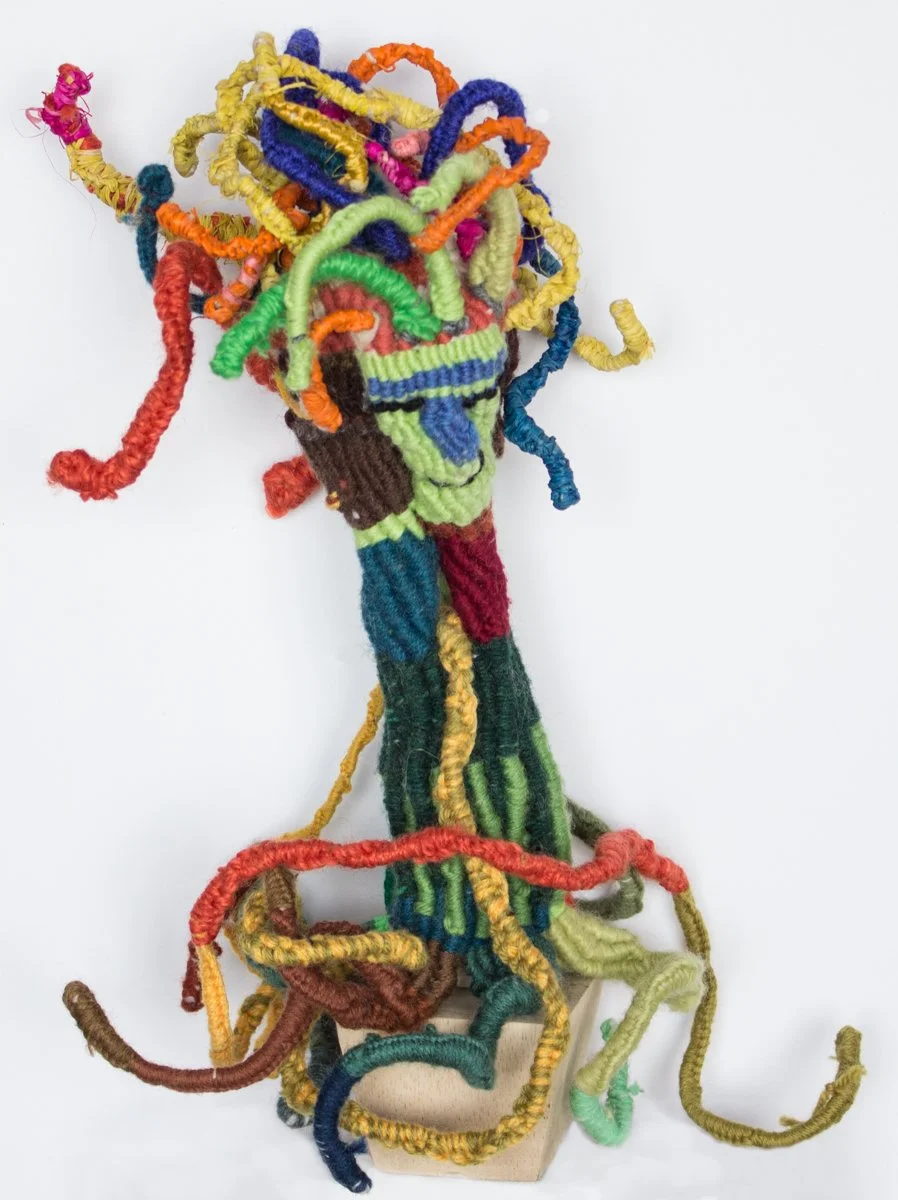
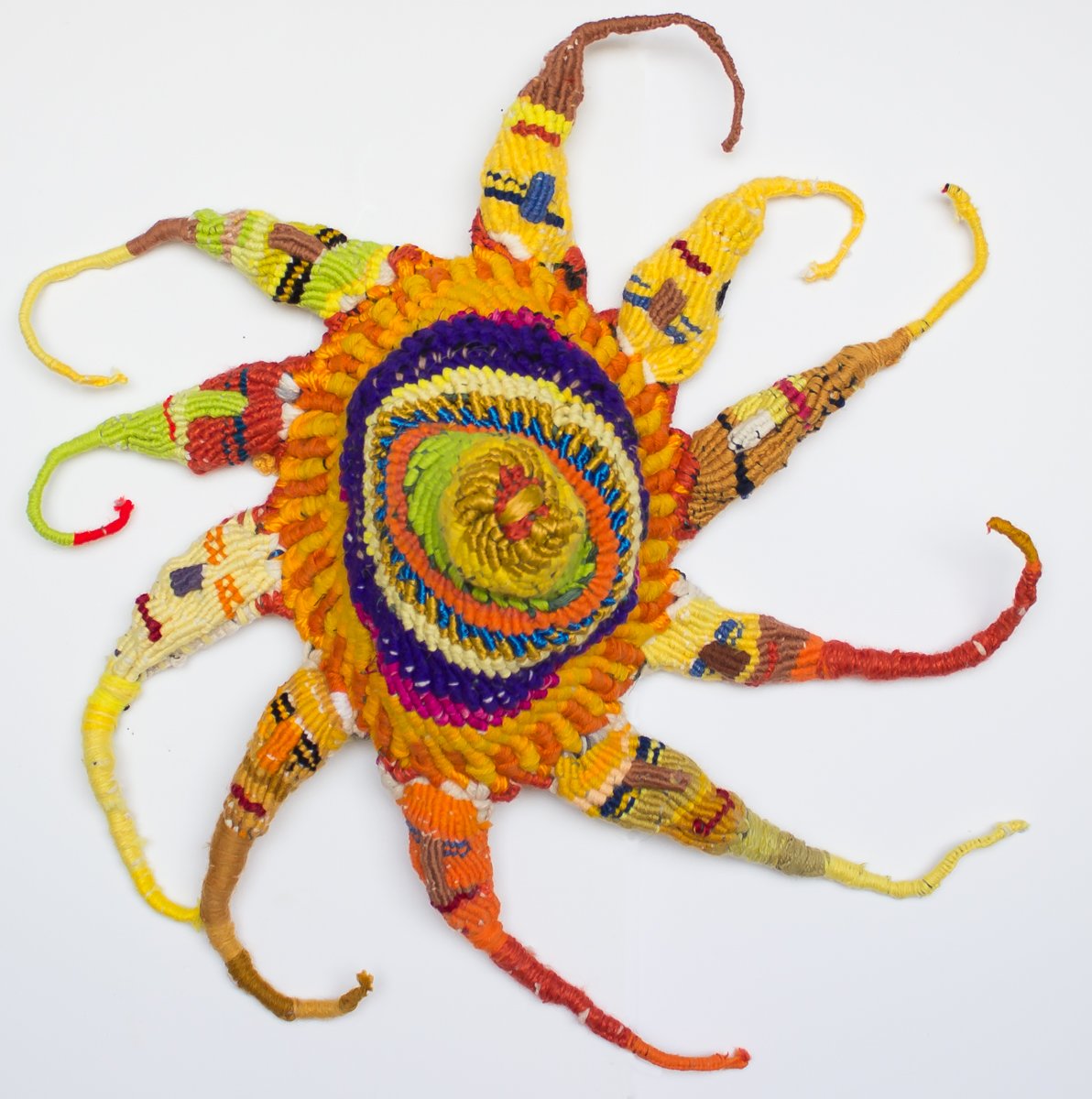
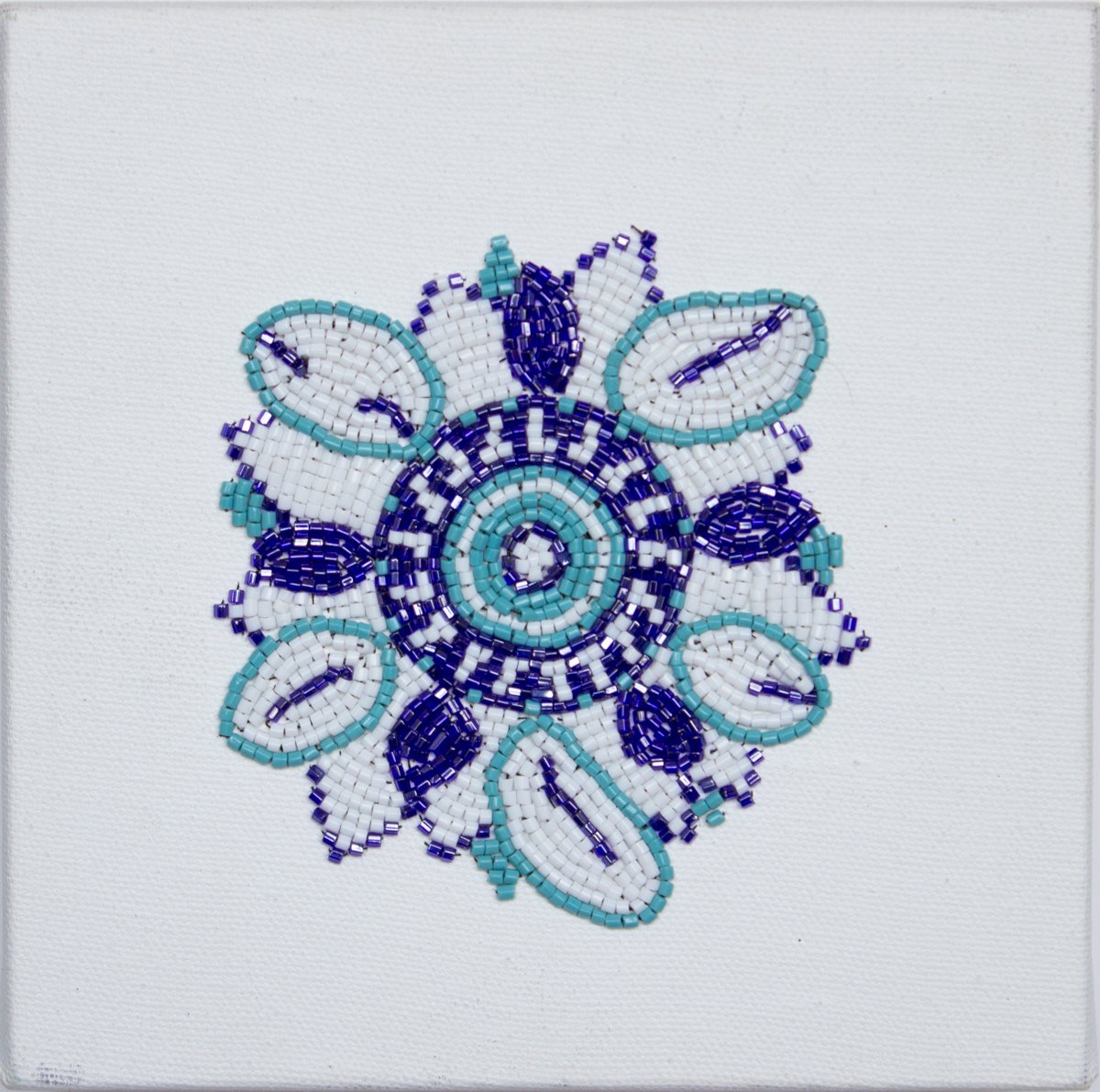
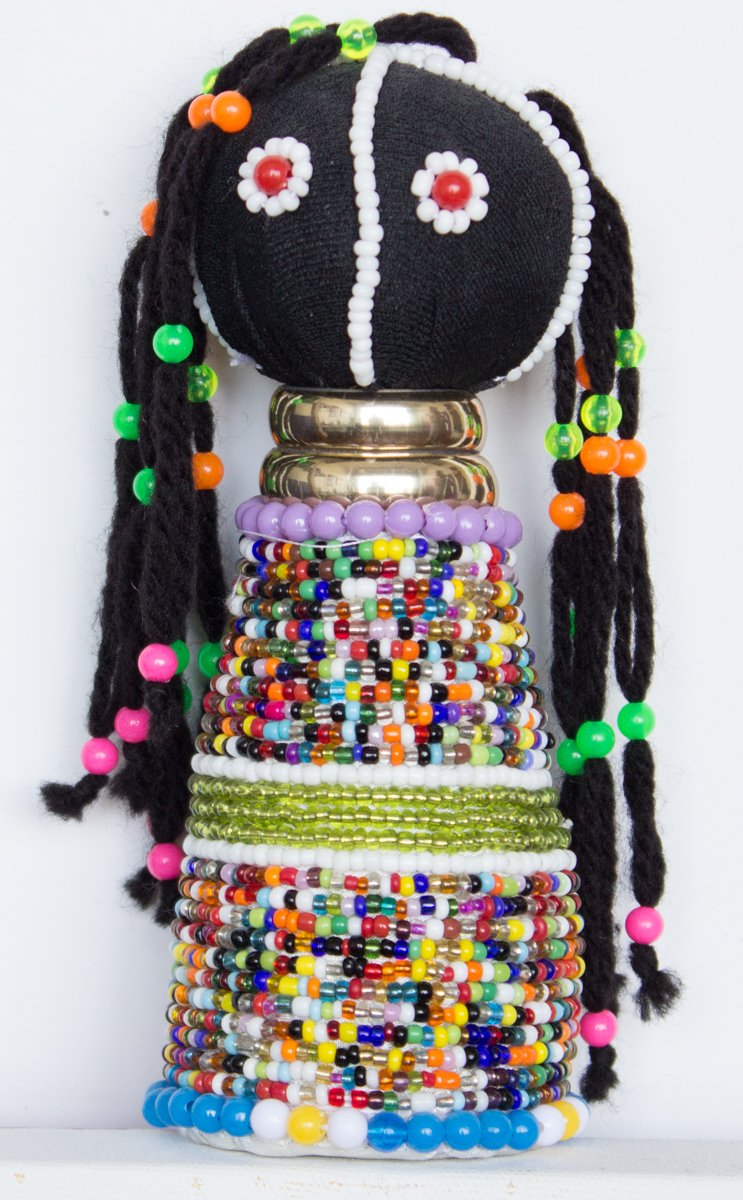
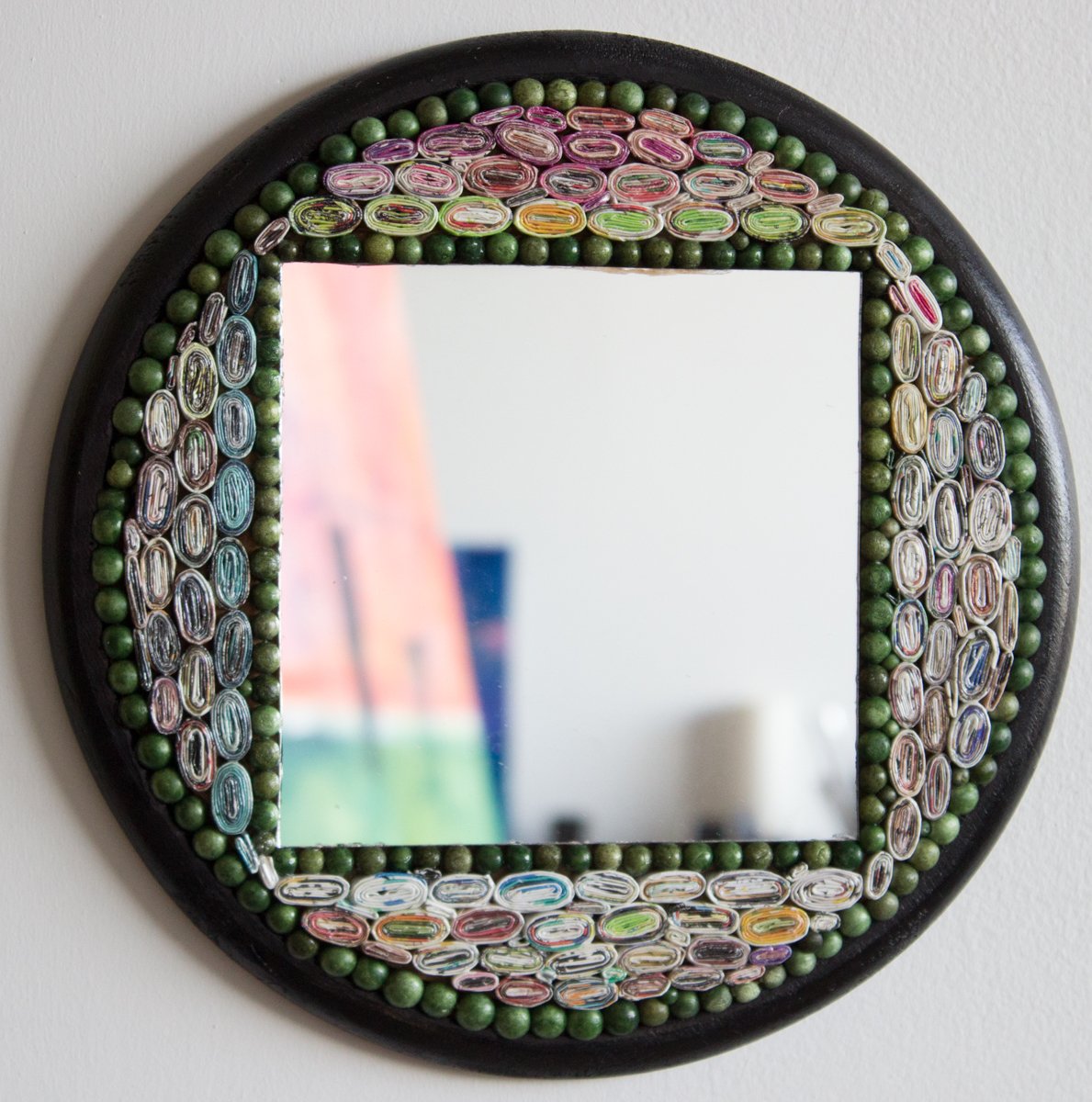

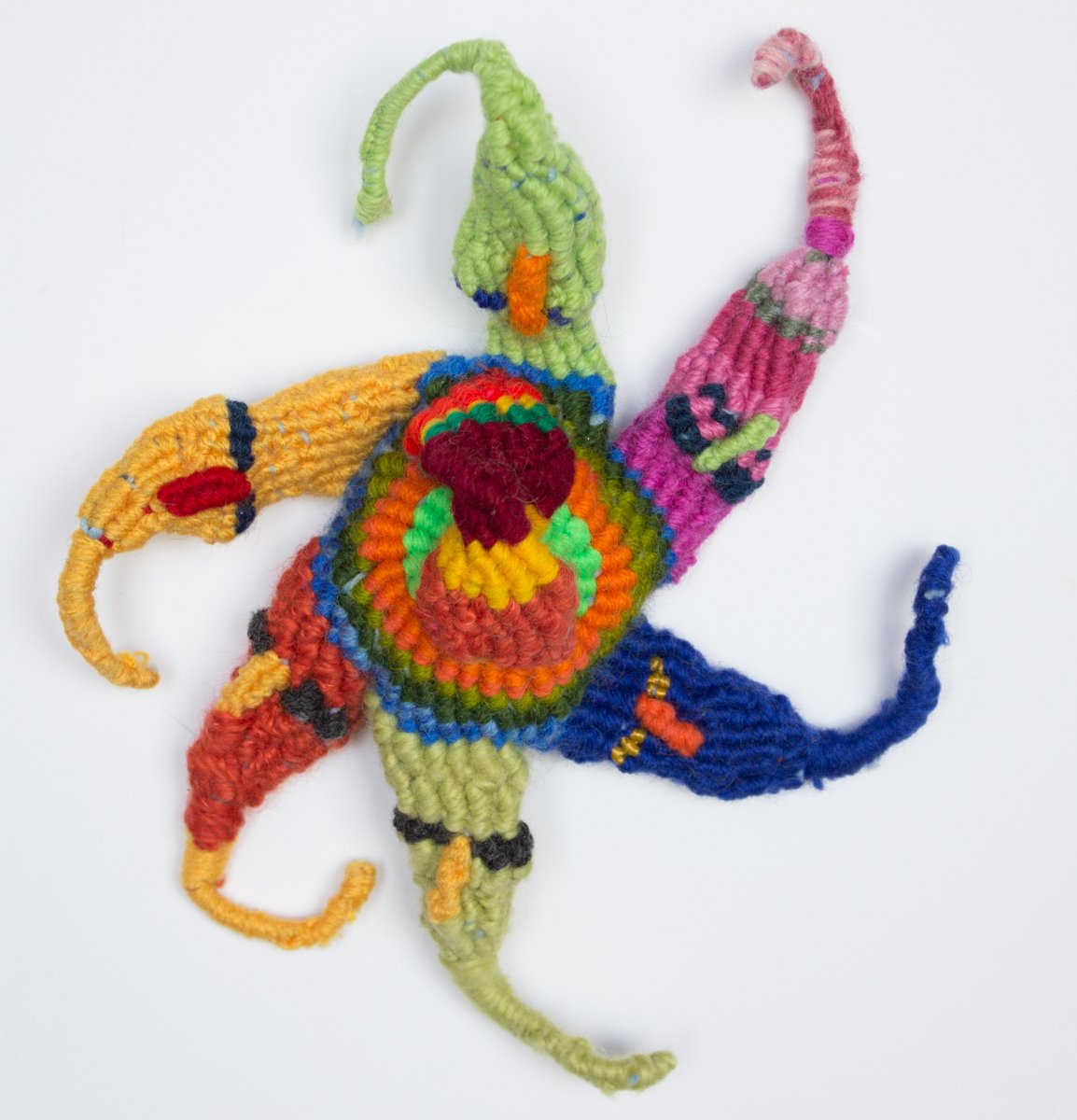
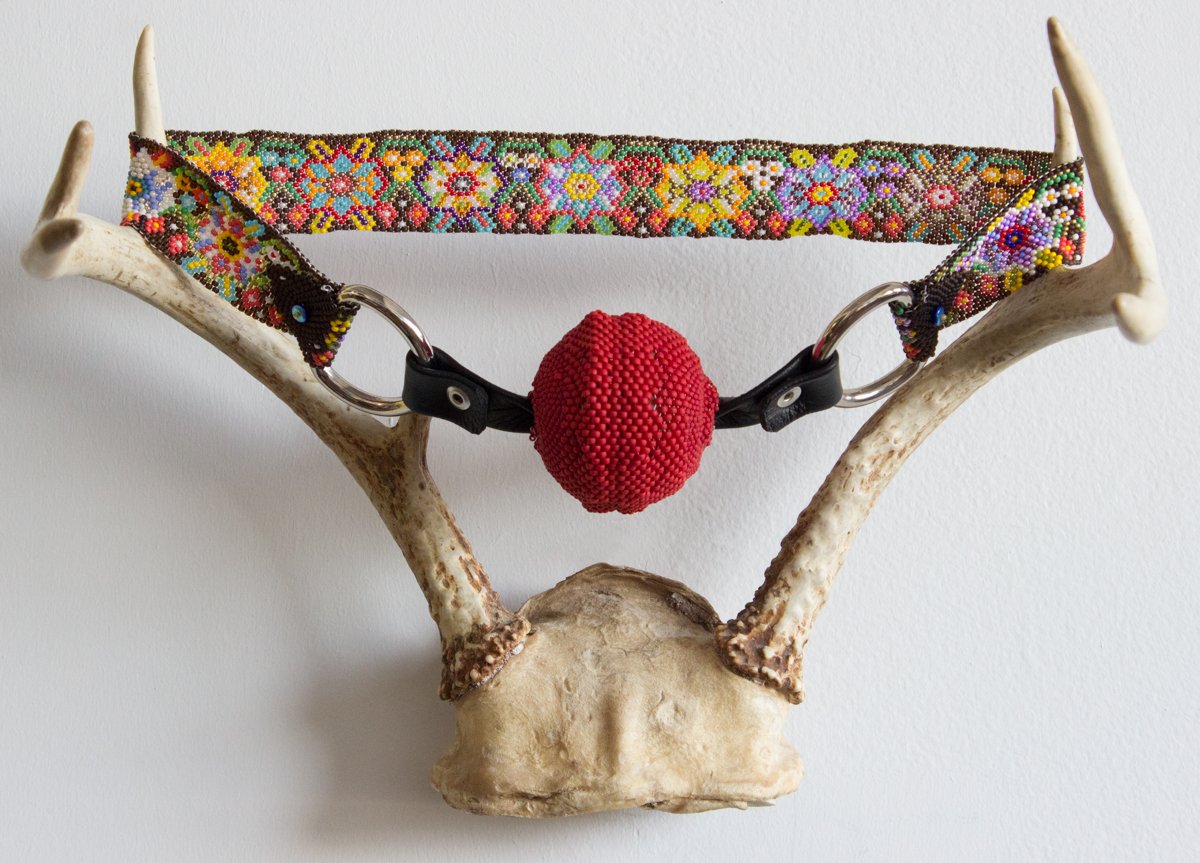
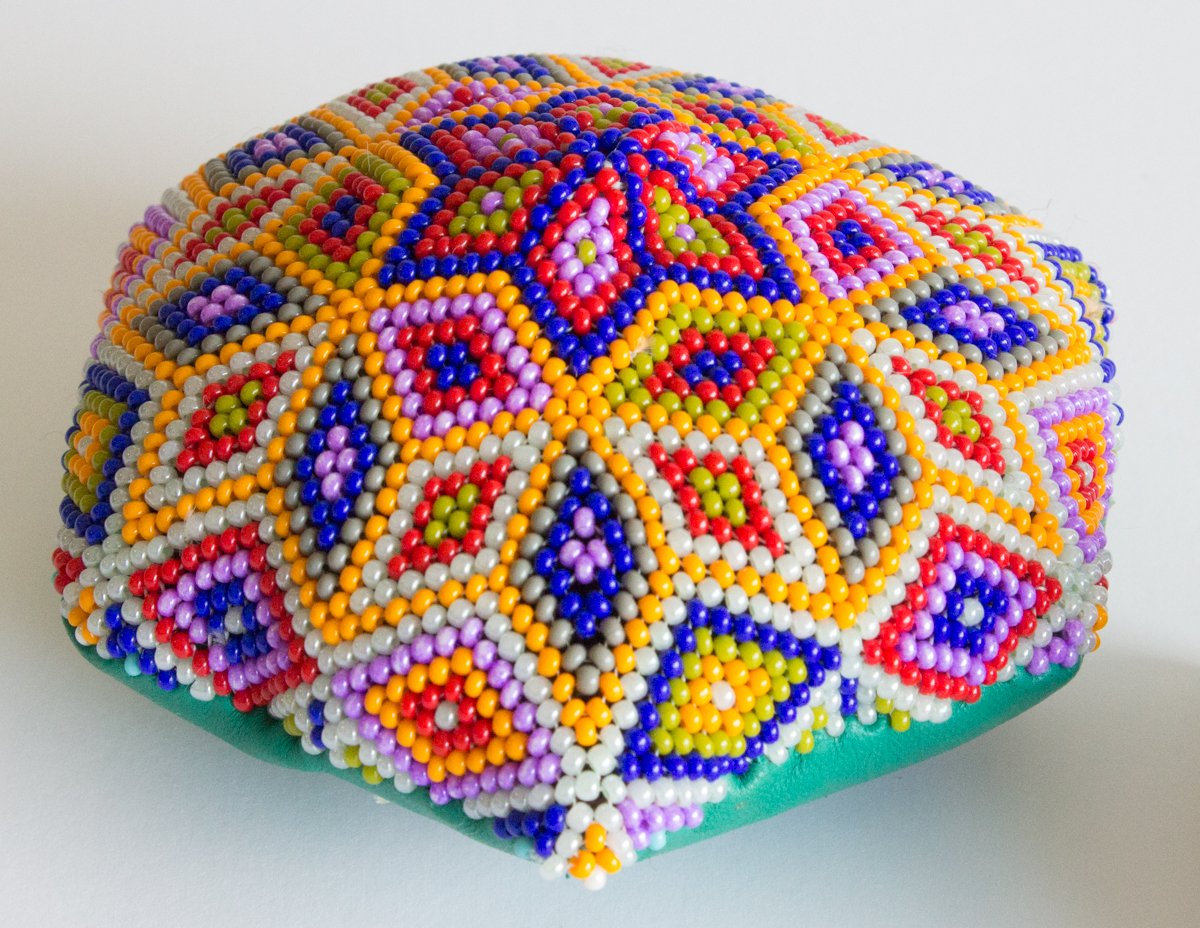
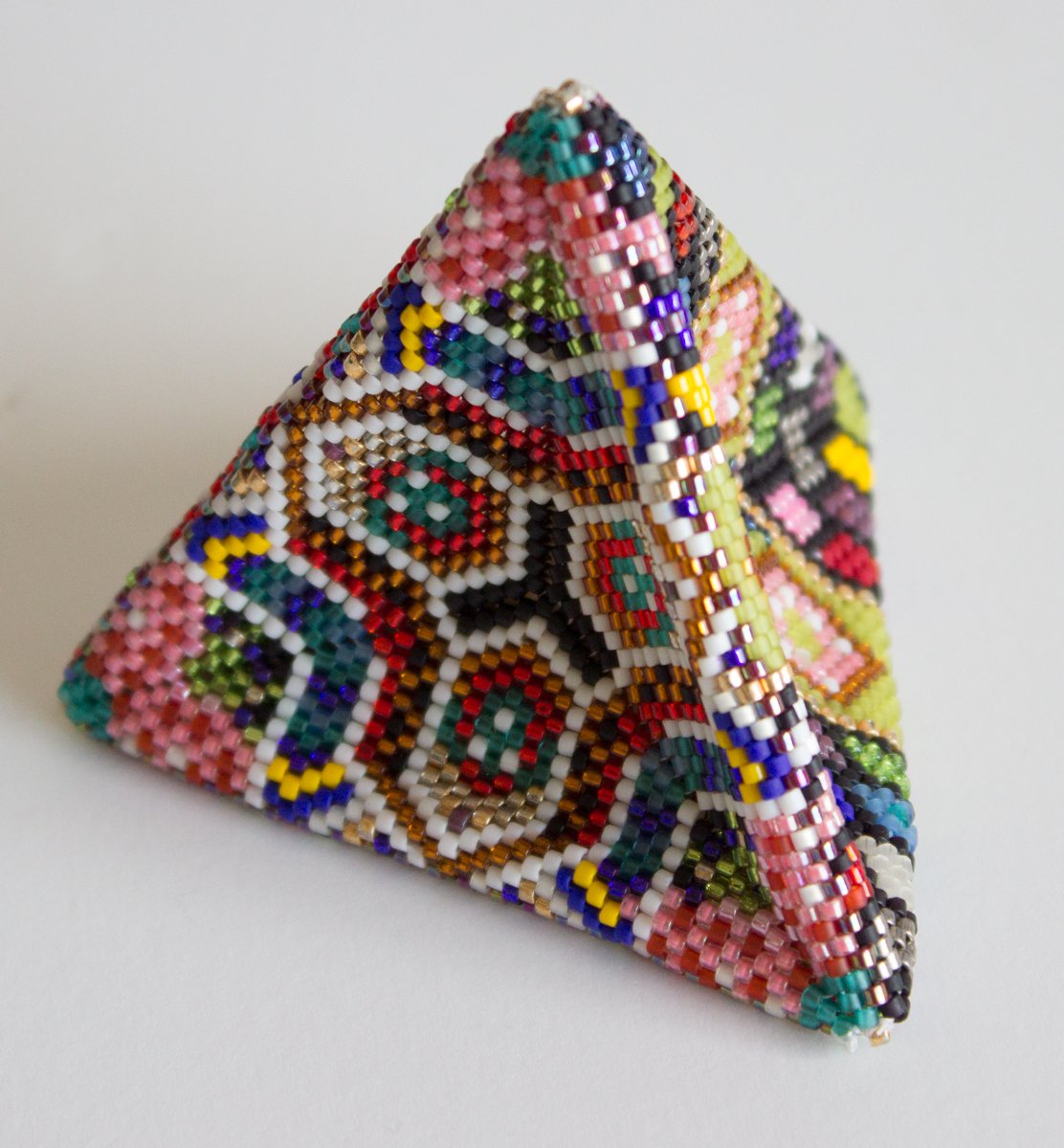
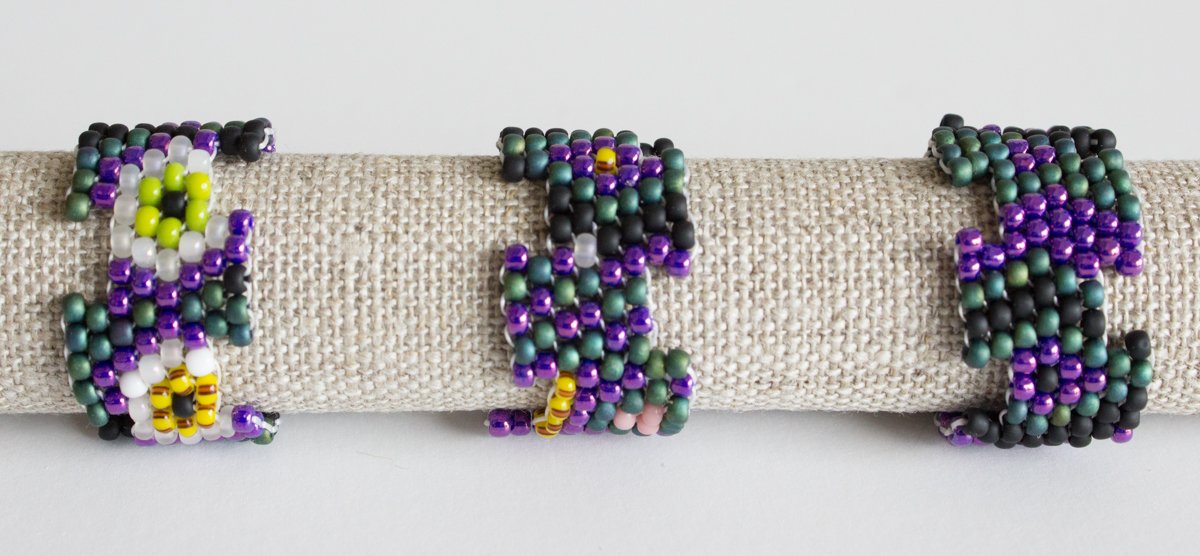
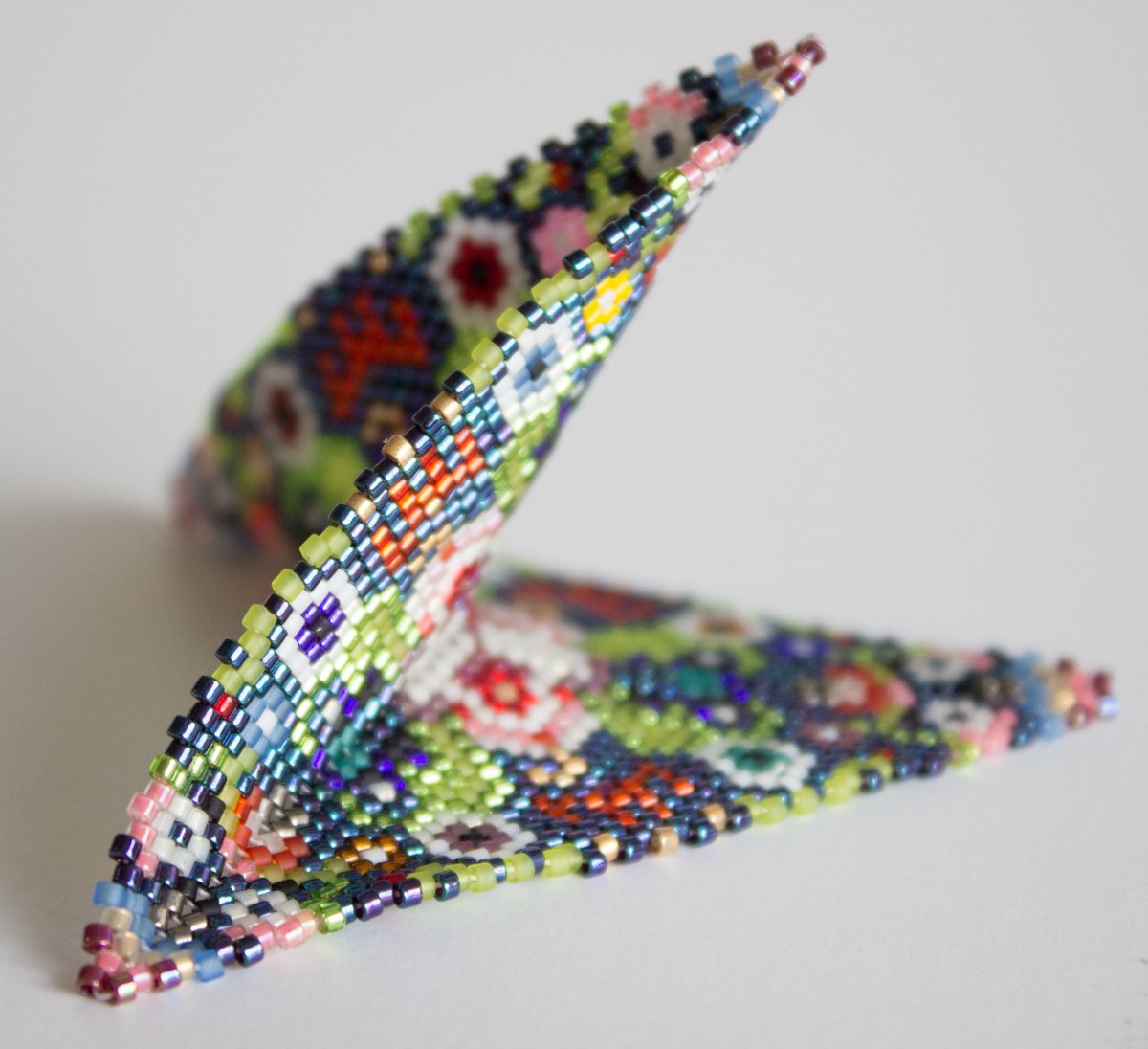
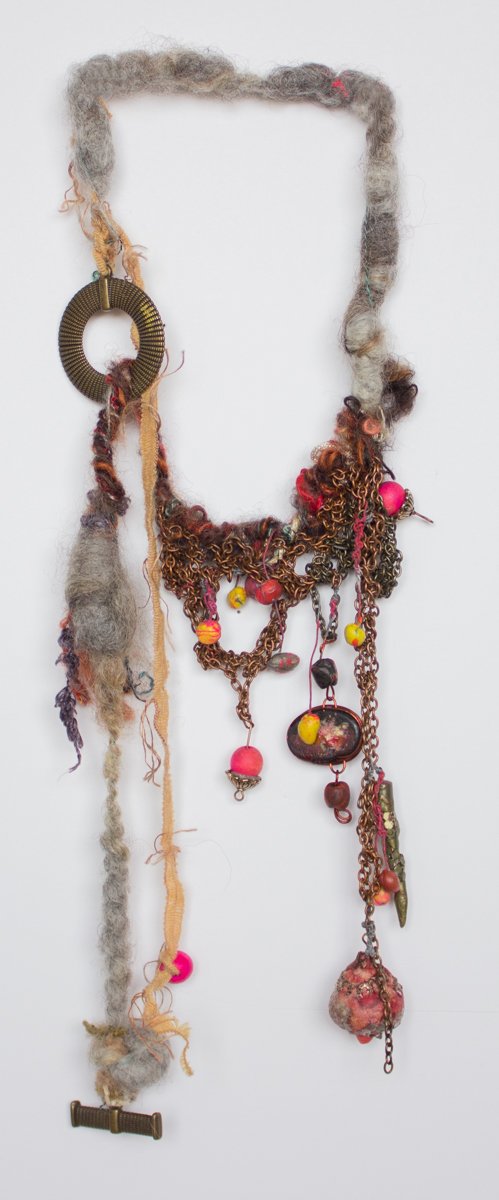
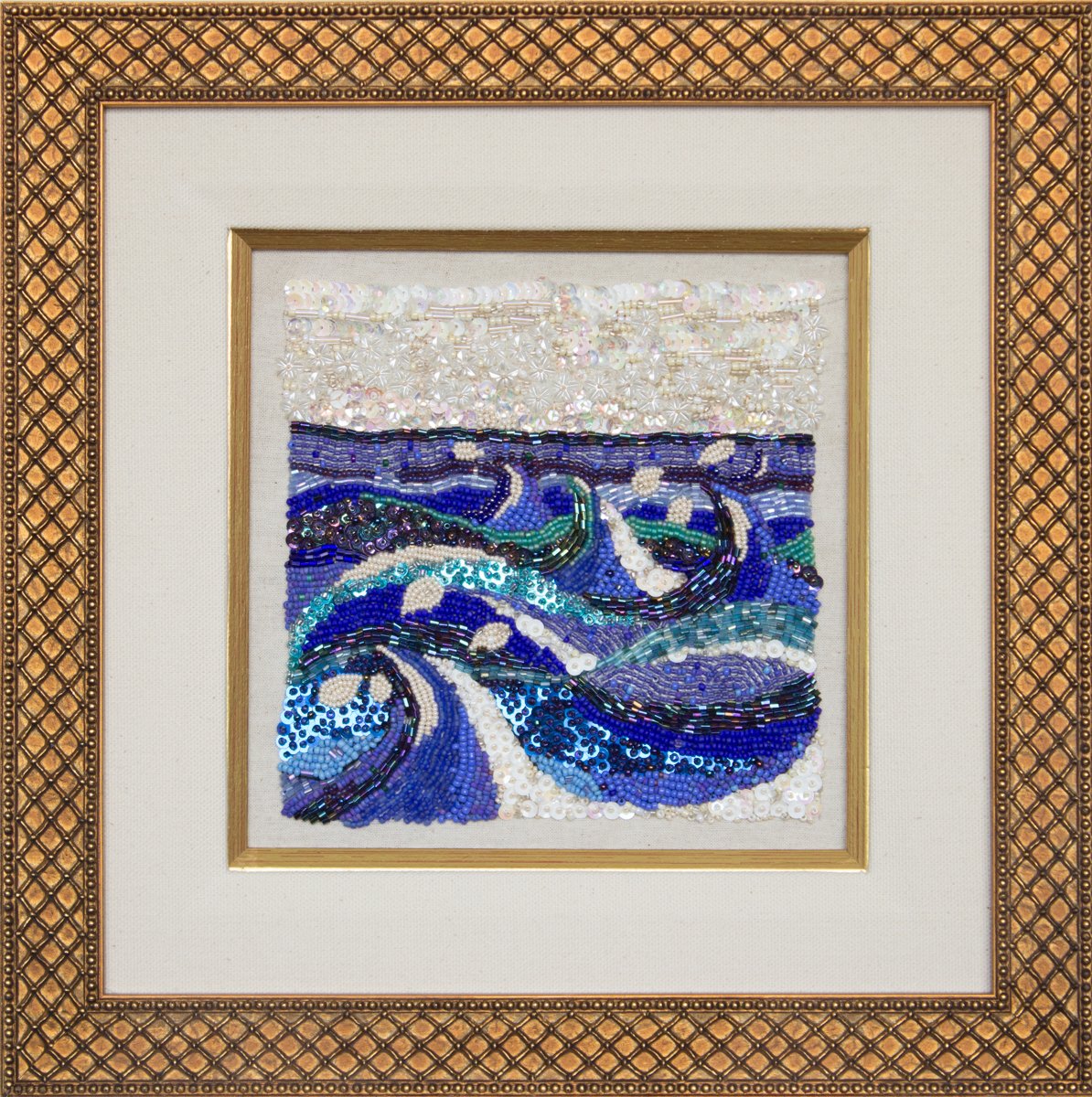
Visiones de Paz
Chile
OUR FIRST INTERNATIONAL EVENT
Among the Peoples of the Northeast Woodlands of North America, purple and white, quahog shells, Wampum Beads were strung together for a variety of diplomatic, historical, and ceremonial purposes. For example, Wampum Beads were used for formal Invitations, recording treaty events, and delivering condolences. Native Immigrant has identified Teiotiohkwenhahton, the Iroquois Circle Wampum as a symbol of its Beadwork, Visions of Peace project
Philip said that if Mohawks had visions of peace like the one on the wampum (we are all the same height) we could imagine that other peoples would have visions of peace too. He wanted to know what the Mapuche's vision of Peace was, so, we brought the beadwork exhibit, the dresses and the question, to them. The whole experience was by far the most enriching we've had as a group. We got a few more participants at the studio before going, and Myriam helped us pack and prepare three dresses for the journey. In the end, only three of us were able to go. We managed to fund this project with a surprise sale of a painting just before we departed. Talk about faith!
JUAN ANDRES CHEUQUE, CHILE - The Journey
We arrived in Chile with all our three dresses and the exhibition Visions of Peace, all the beads intact. We had to declare Nico Williams "Silence No More" because it involved deer antlers and the sign on the wall specified no antlers. I managed to calm down the agricultural agent and beg him not to 'Silence" Nico Williams .... so, after some deliberation and a stamp, we were allowed to enter all the works. We continued our journey to the south arriving at Temuco Airport a few hours later. Francisca was waiting with an SUV and a driver, all sent by the grace of the Municipality of Victoria City. Things were moving up! We arrived on Juan Andres Cheuque to a feast and a glass of muday. Thanks to Taís da Costa's gift of a wonderful new logo, we assisted our friends to inaugurate their cultural centre Newen Ko. They held their first event Beadworks, Vision of Peace exhibition and our dress.
We worked together on the dress, many people from the community and from outside the community flocked to bring their objects and tell their stories. One of the most moving objects was the one from Francisca, Newen Ko's director. When she had to go to Santiago to find work to bring money to her family and assist in her brother's university education fees, she brought with her a headscarf her beloved grandmother gave her. Mapuche women wear headscarves under their trarilonco. Francisca told us how she kept her grandmother's scarf inside her suitcase and each time she was sad and homesick, she would go open her suitcase, take the scarf and cry in it. In fact, her headscarf contains all the tears shed while away from her community. She hangs the scarf in front of the dress.
Judith Brisson presented her art performance in the fields, drawing a gigantic kultrun with branches on the ground. Gabriel and Roberto Paillaleo took us to the river for a wonderful trutruca and kultrun improvised concert. It felt like we were in the days before the Spanish interrupted, perhaps, other concerts by the river.
VALDIVIA, CHILE - A Journey Continued
We continued our trip to Valdivia where we were invited by Universidad Austral and our newest NI member Adrian Silva Pino, Educational Curator. We started with an informal talk by Carolina Echeverria which involved opening the boxes containing all the artwork, it felt like an improvised art christmas, the art students were thrilled opening up and unwrap and hung all the beadwork pieces. In no time,we had mounted the exhibit and the dresses were ready to be seen and heard.
That evening we held a poetry event with Roxana Miranda Rupailaf and two other Mapuche poets, Javier Milanka and Leonel Lienlaf. It was magical, simple and we were able to surprise Roxana with the translation to english of her work by Susan L Scott.
We finished the dress with the Fine Art Students - it was a humbling experience. Their stories spoke of a different kind of migration, the one of the child who leaves home to university, to grow up.
Judith did another art performance, with the students, drawing a gigantic kultrun on the boardwalk by the Calle Calle river - followed by a fantastic talk about cultural appropriation.



